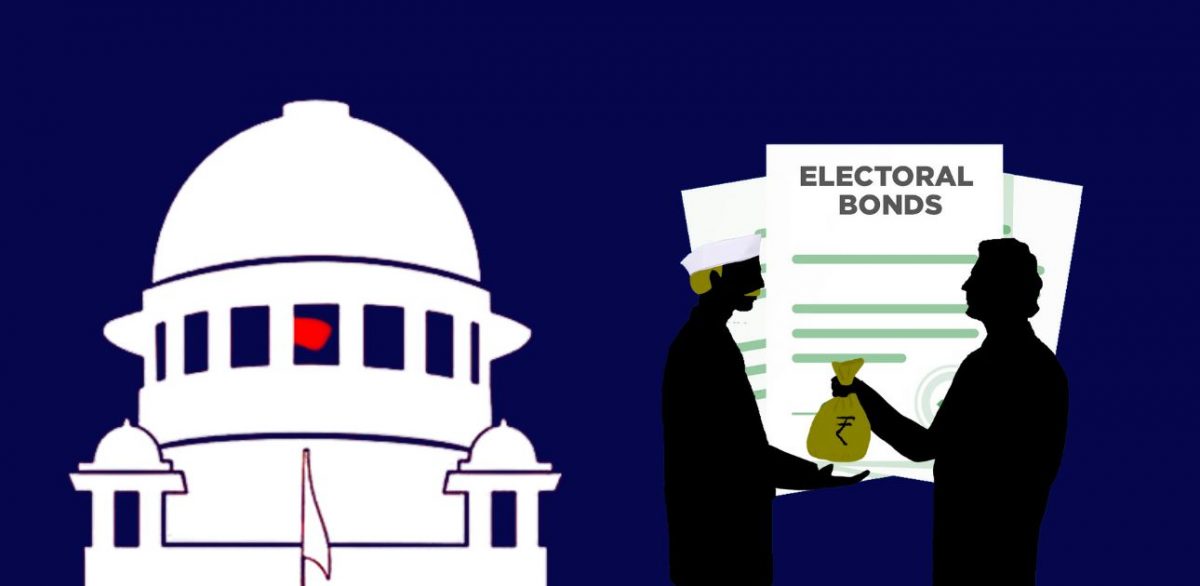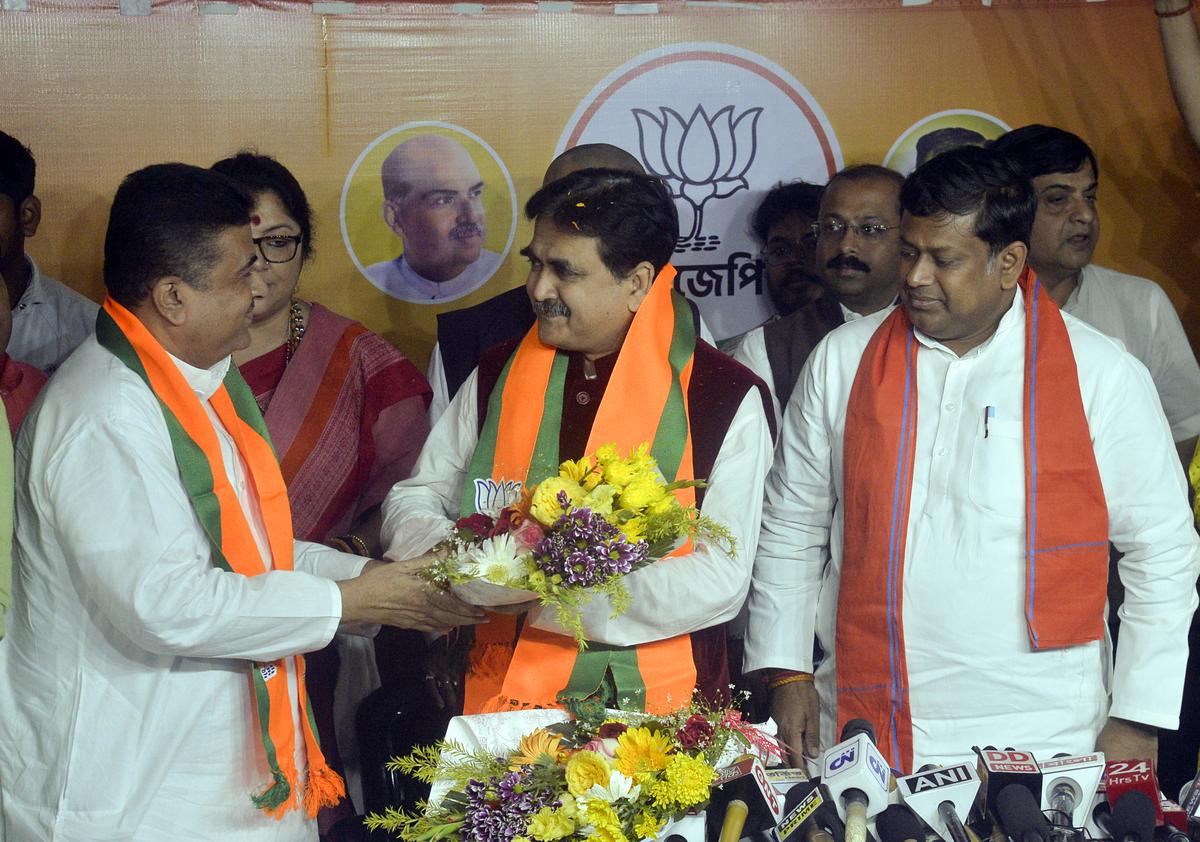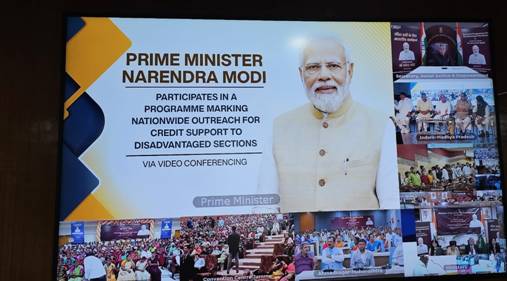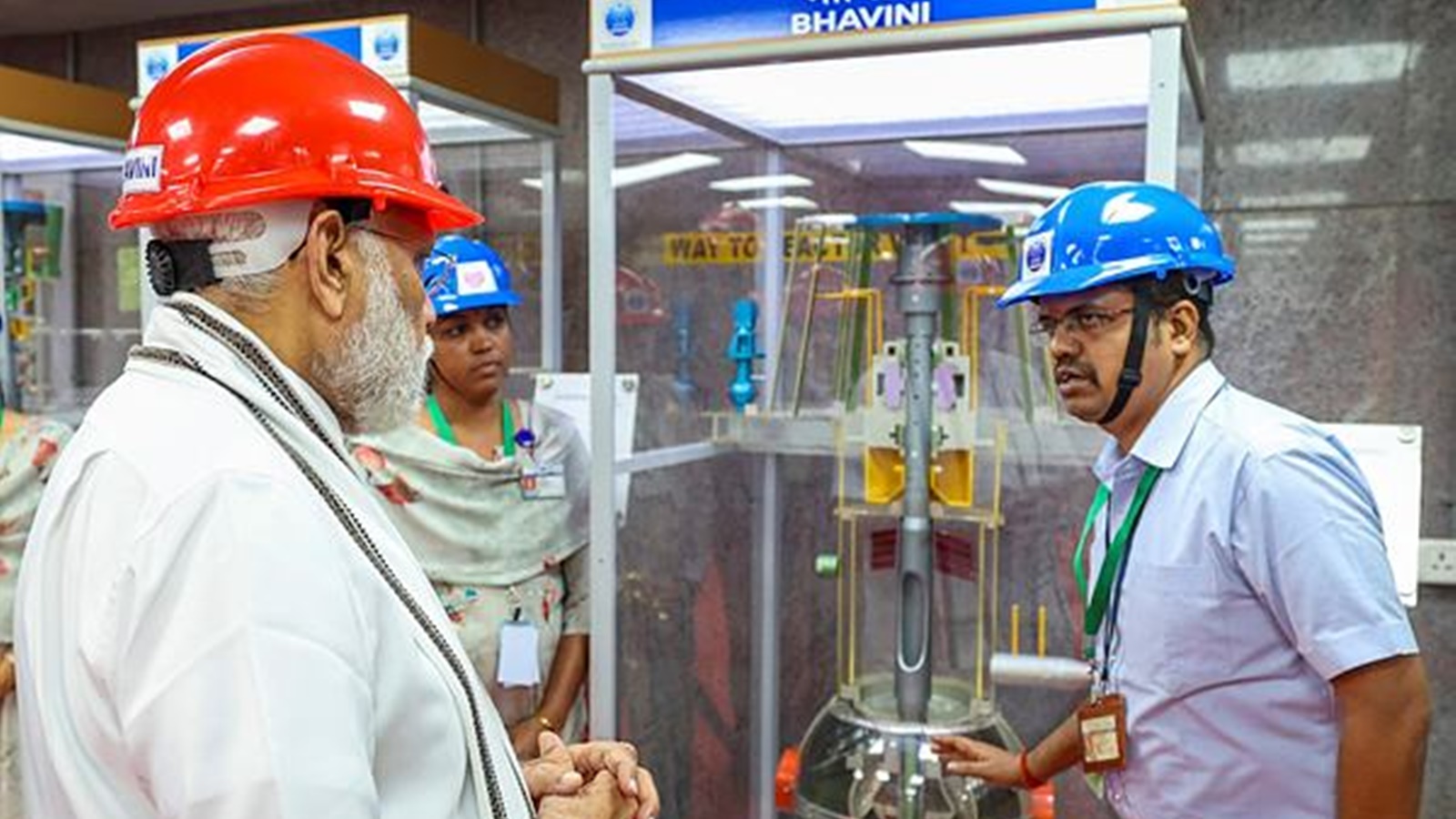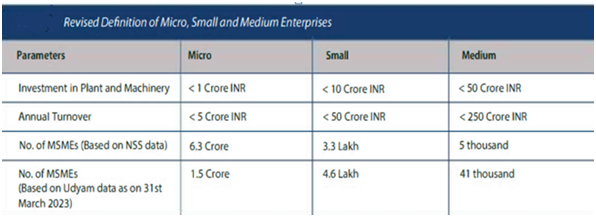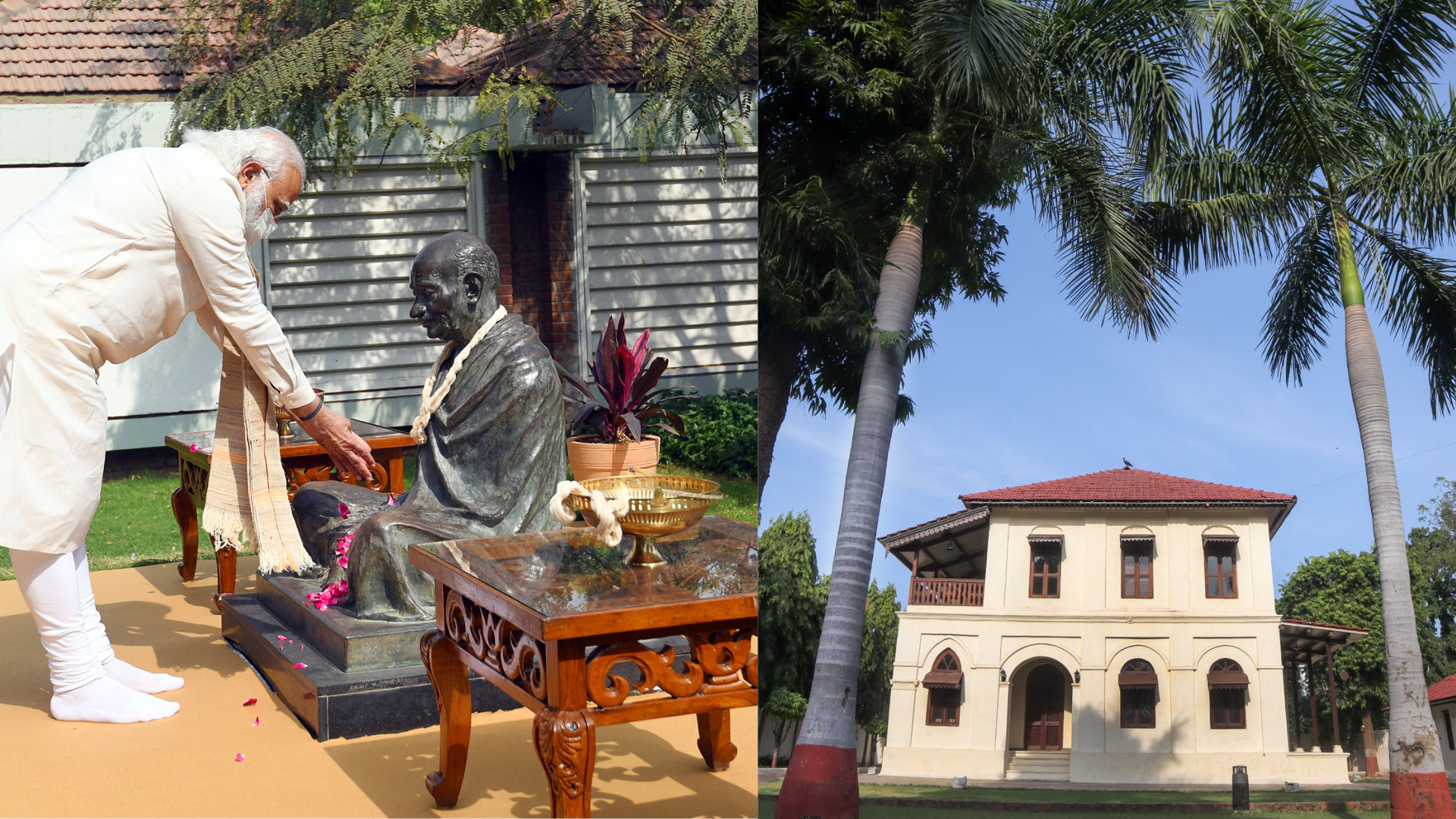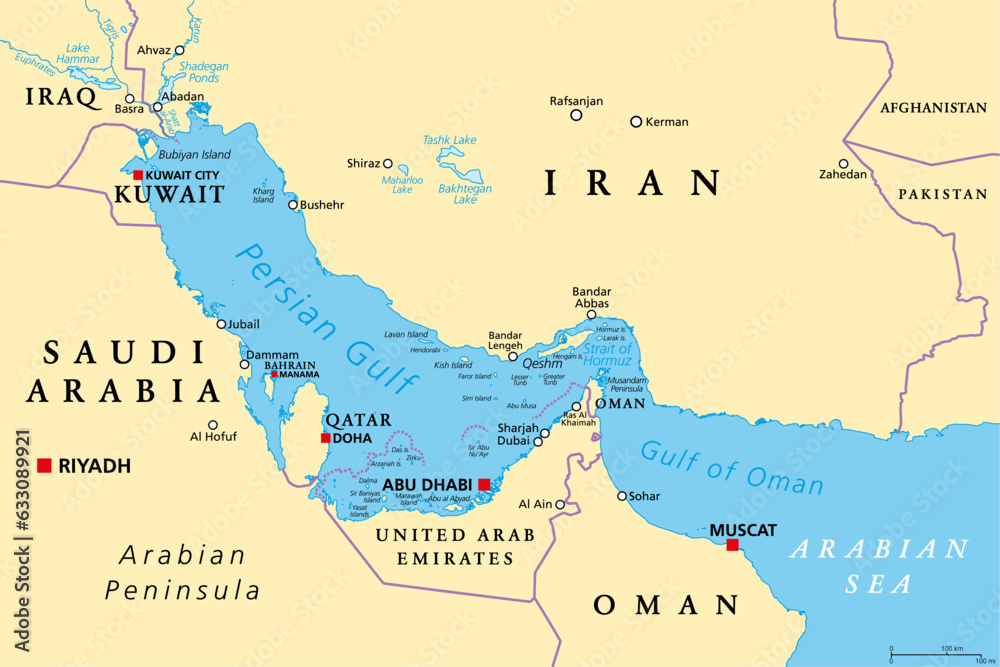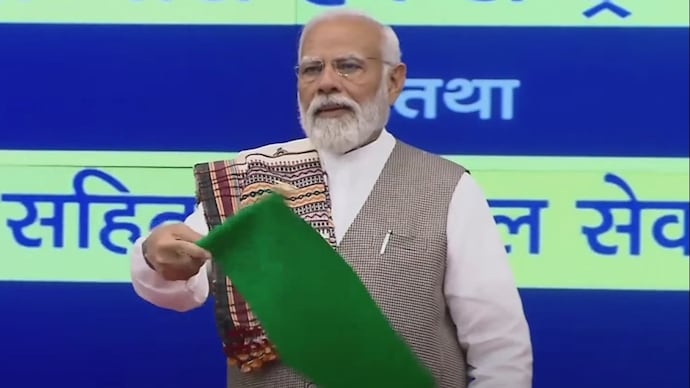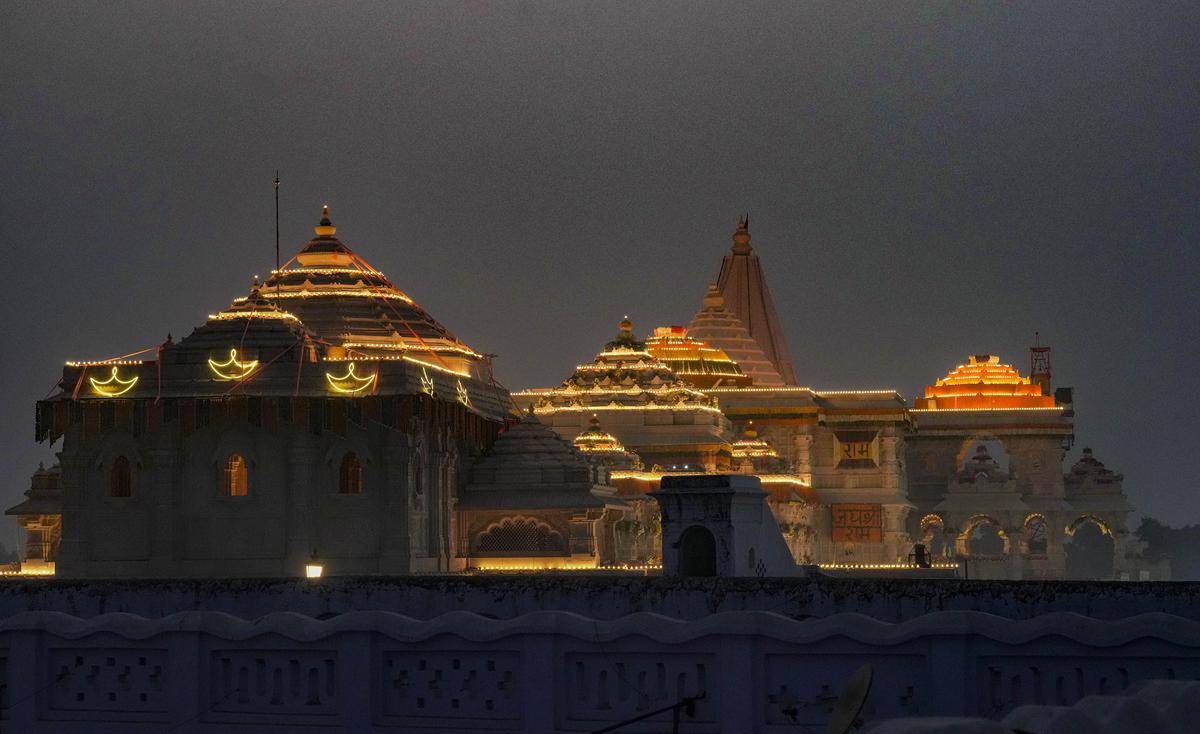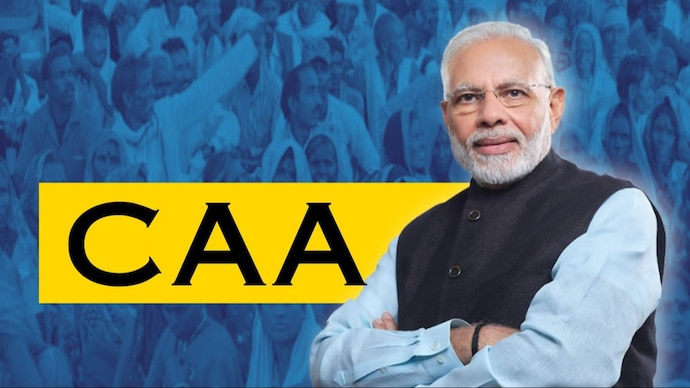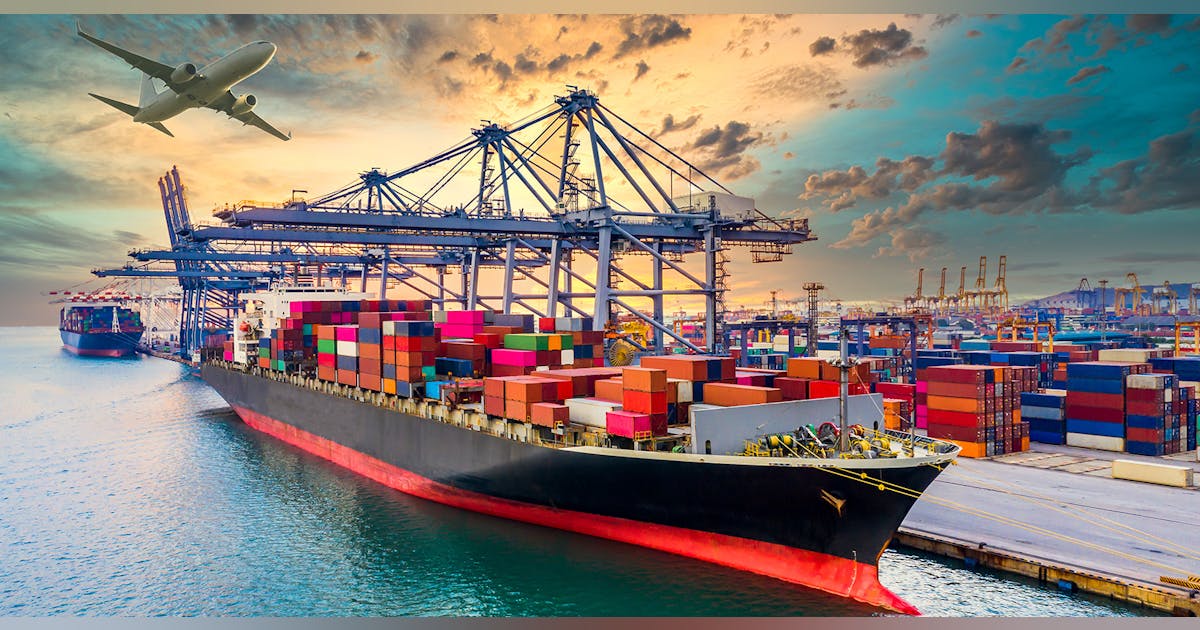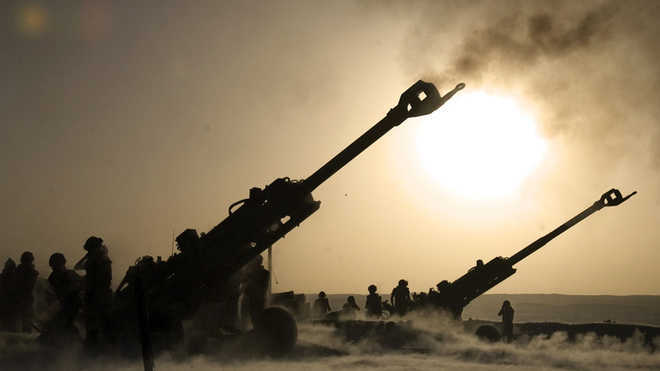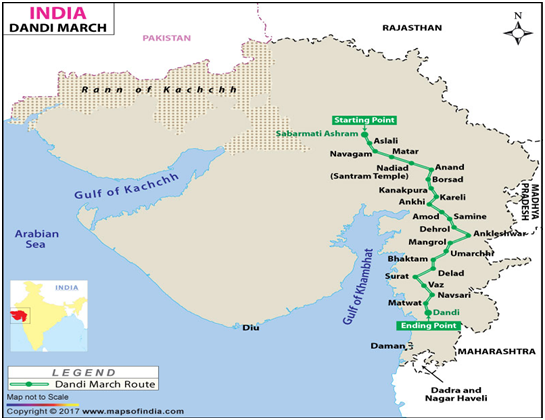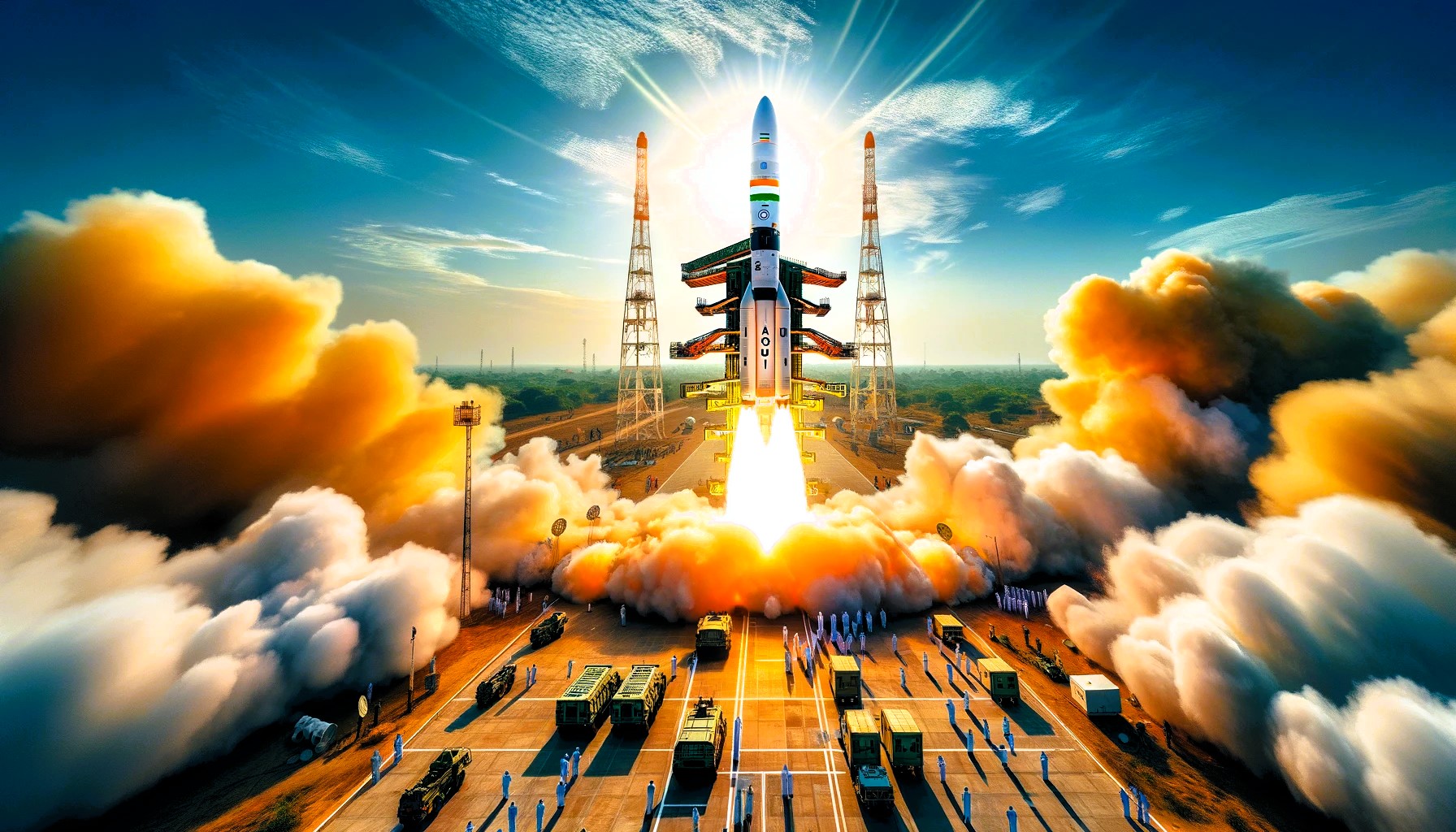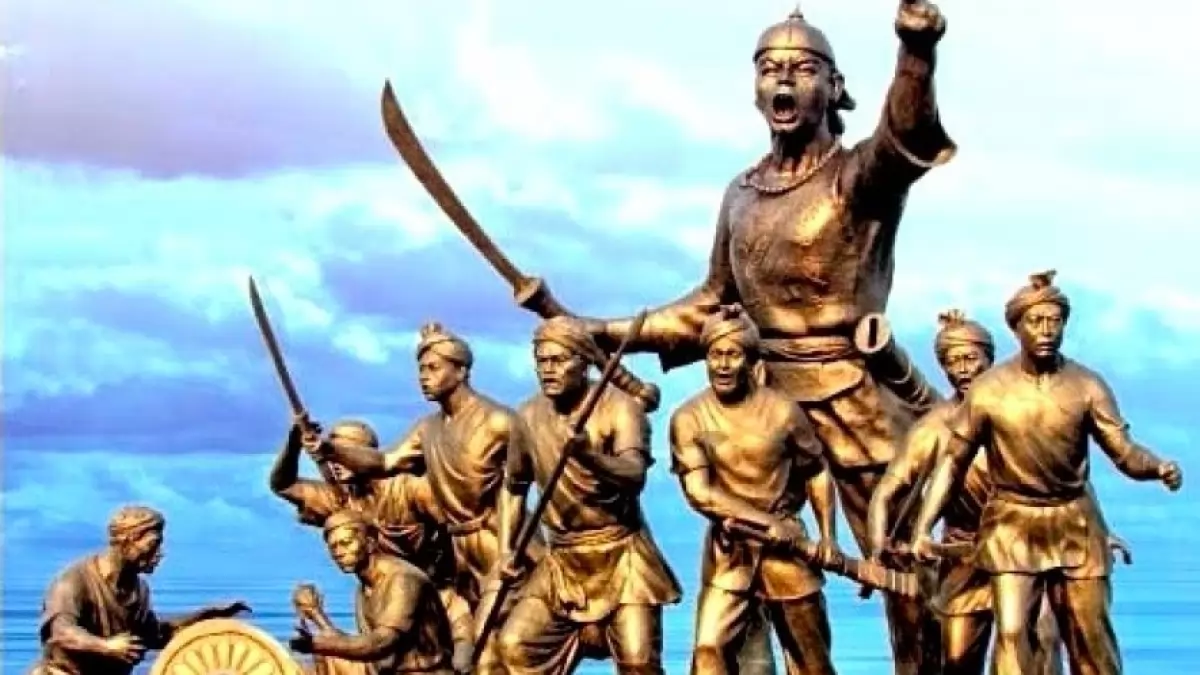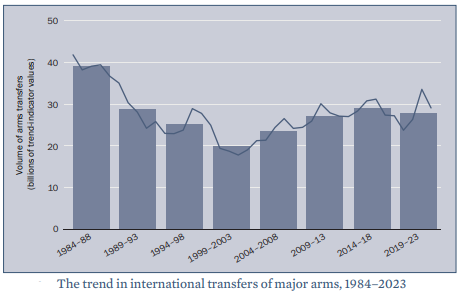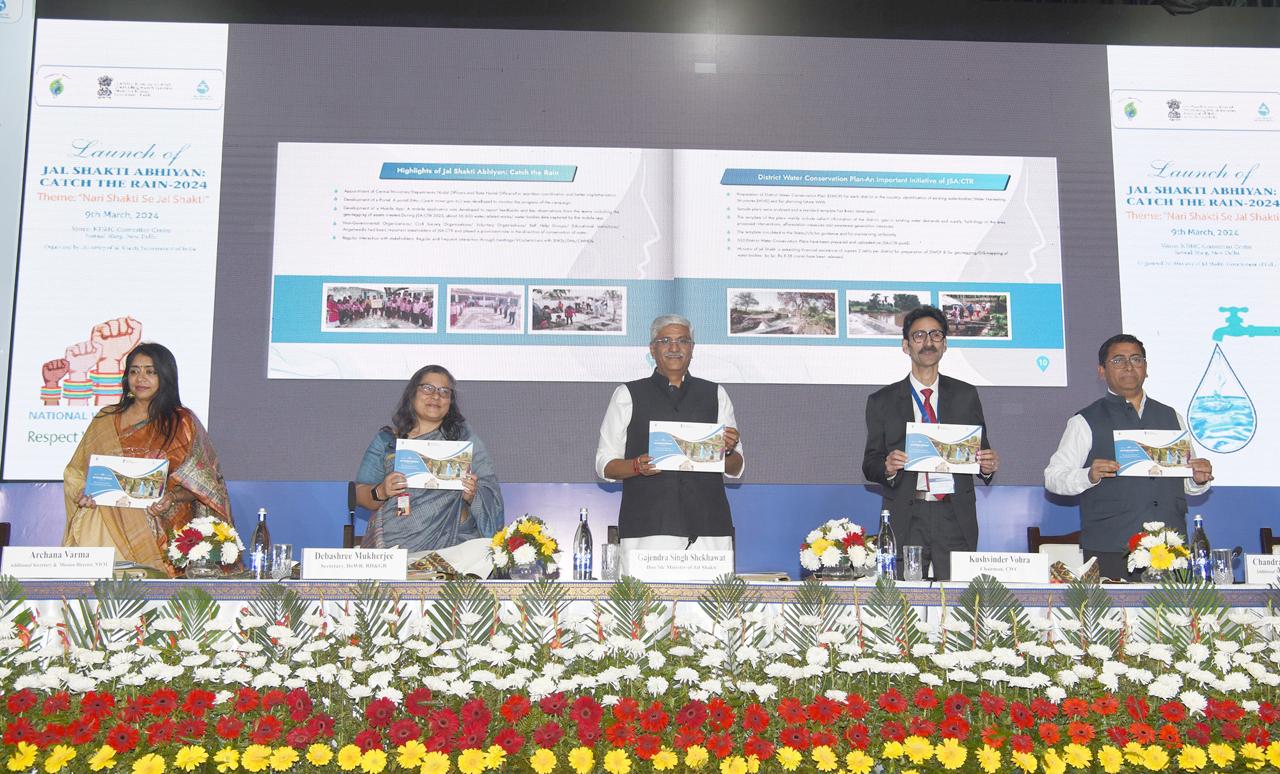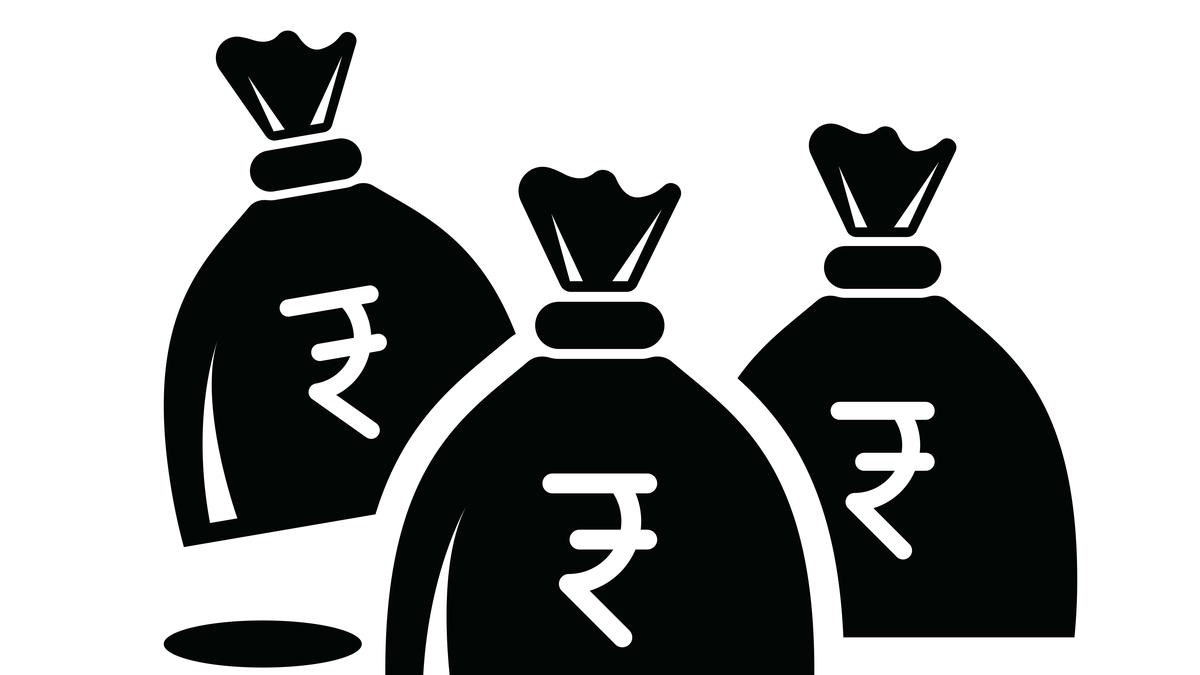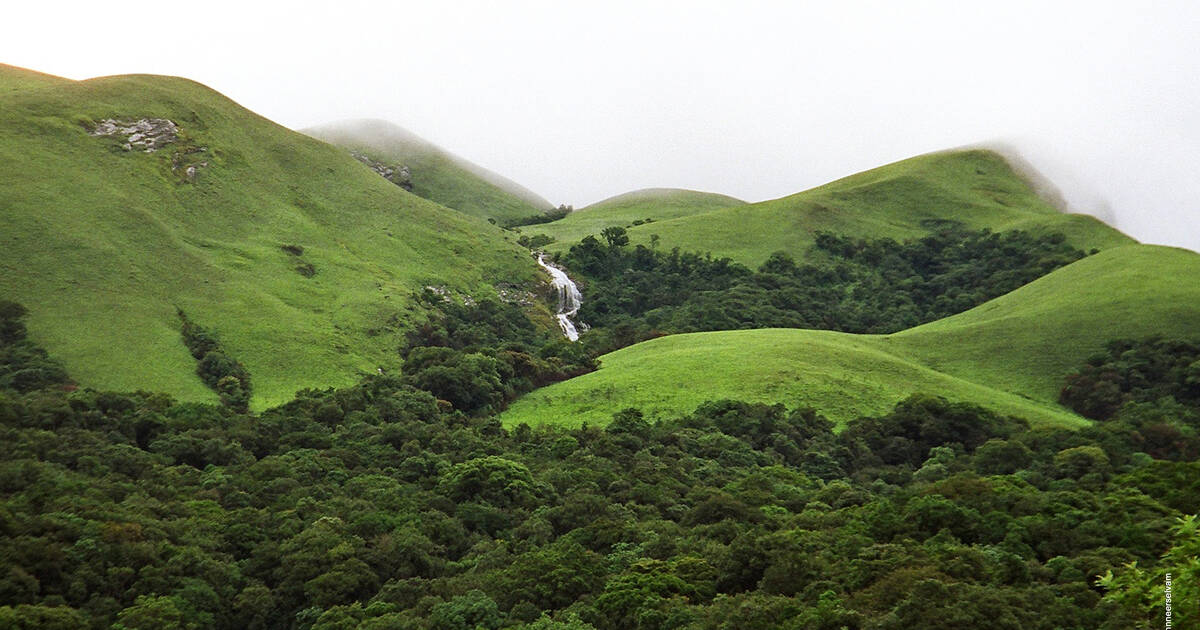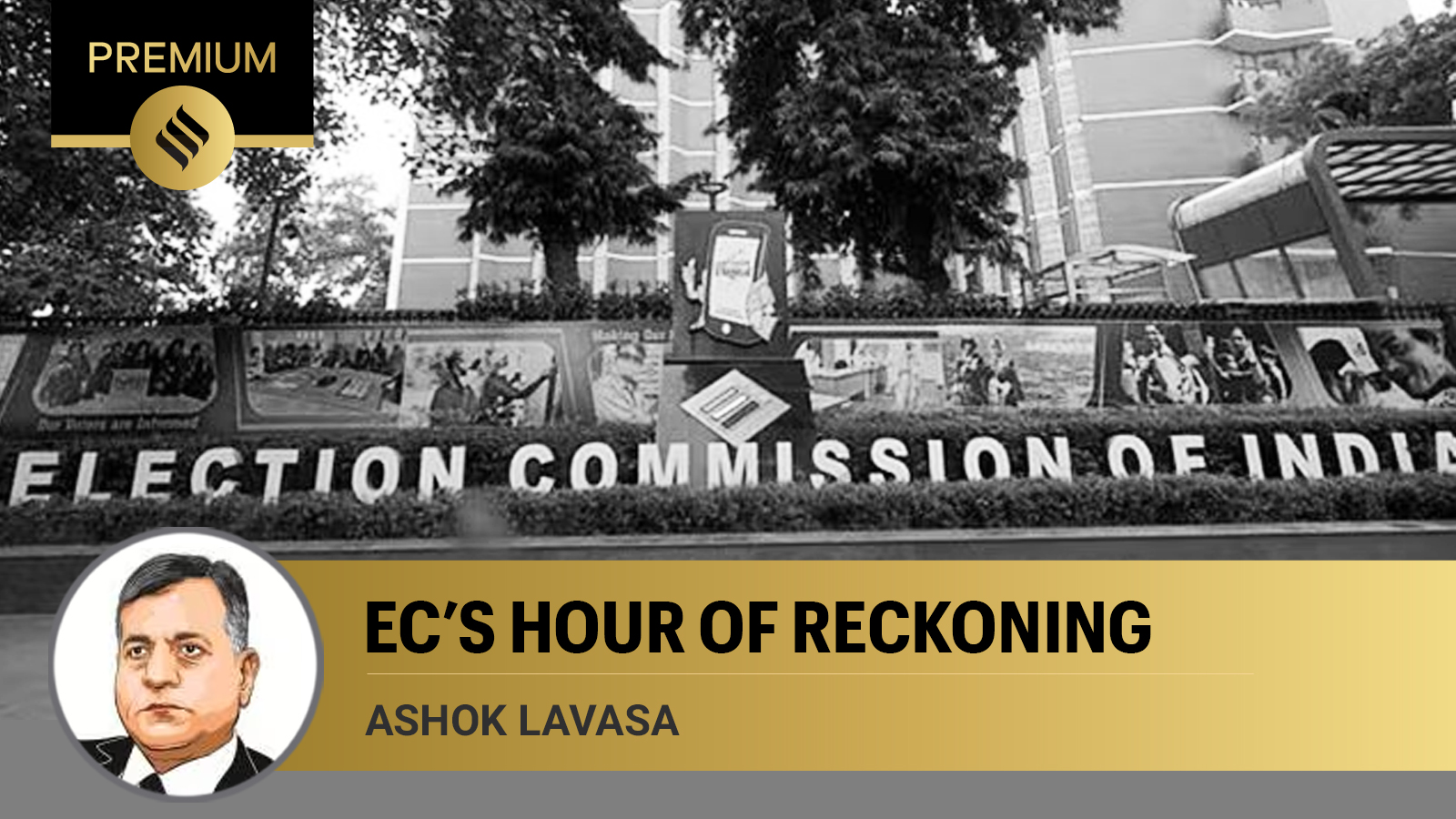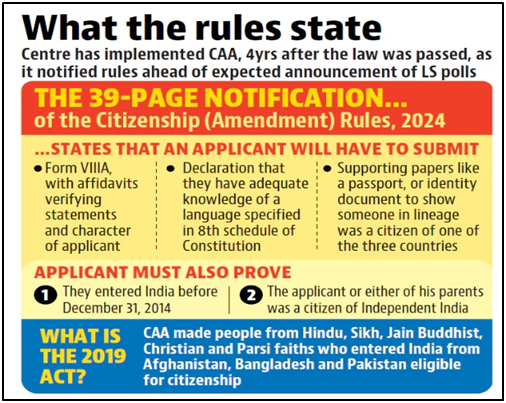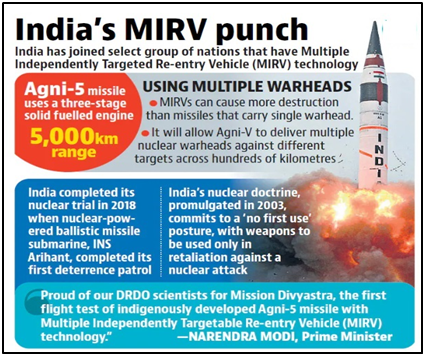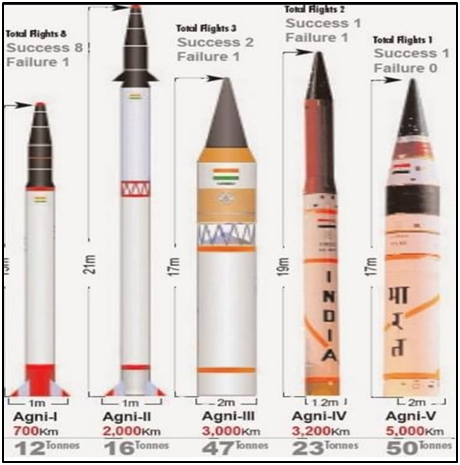Current Affairs – 22 March 2024
Current Affairs – 22 March 2024
PIB’s Fact Check Unit
Recently, Supreme Court put on hold Centre’s notification on setting up ‘fact-check unit’.

- It was established in November 2019. It was started with an objective of acting as a deterrent to creators and disseminators of fake news and misinformation.
- It also provides people with an easy avenue to report suspicious and questionable information pertaining to the Government of India.
- It is mandated to counter misinformation on Government policies, initiatives and schemes either suo motu or under a reference via complaints.
- The FCU will actively monitors, detects and counters disinformation campaigns, ensuring that false information about the Government is promptly exposed and corrected.
- Organisation:
- It is headed by a senior DG/ADG level officer of the Indian Information Service (IIS). The day-to-day operations of the Unit are handled by IIS officers at various levels.
- The Unit reports to the Principal Director General, PIB who functions as the Principal Spokesperson of the Government of India.
- Fact-Check Mechanism:
- Users send requests over WhatsApp, email or a web portal. Each such request received is considered as a ‘Query’. Queries are segregated by the Unit based on their relevance to matters pertaining to Government of India.
- Only queries pertaining to Government of India are considered and taken up as Actionable Queries, while others are deemed not relevant for action.
World Happiness Report 2024
Finland has once again claimed the title of the world’s happiest country for the seventh consecutive year, according to the annual UN-sponsored World Happiness Report.
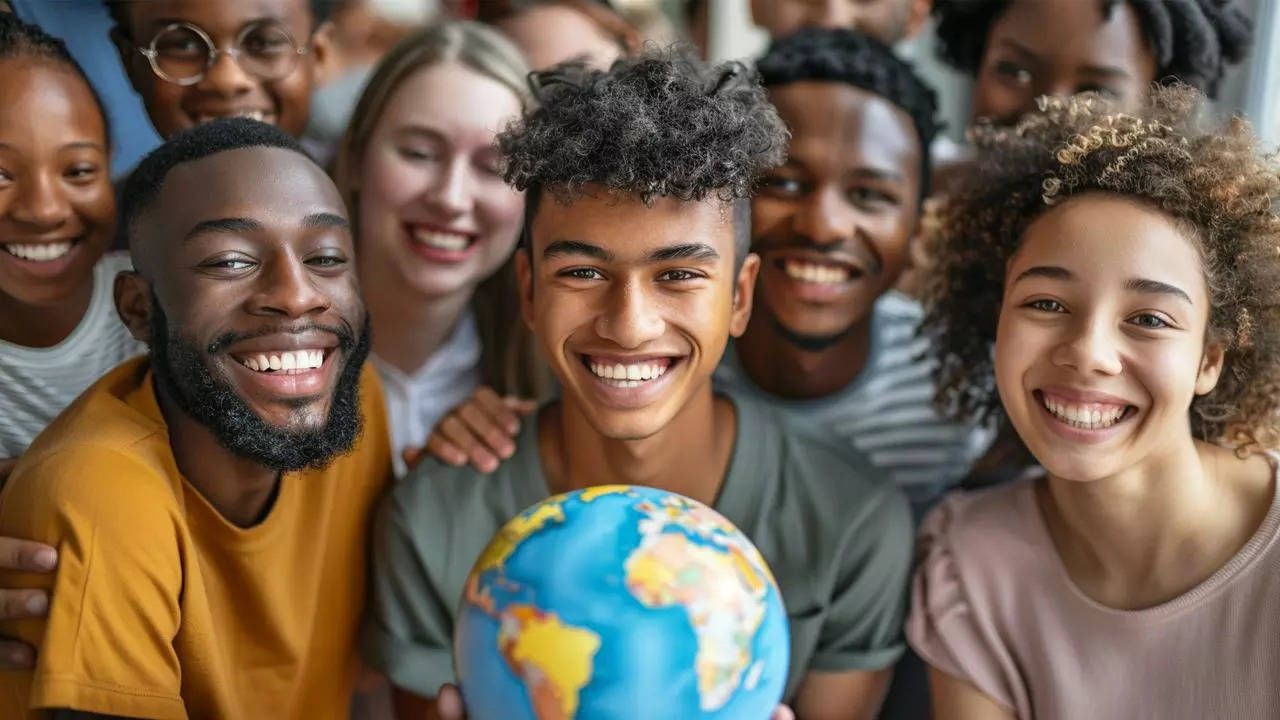
About World Happiness Report:
- The annual World Happiness Report is a partnership of Gallup, the Oxford Wellbeing Research Centre, the UN Sustainable Development Solutions Network (SDSN), and the World Happiness Report’s Editorial Board.
- It is based on global survey data from people based on people’s own assessments of their happiness, as well as economic and social data. It considers six key factors: social support, income, health, freedom, generosity, and the absence of corruption. It assigns a happiness score based on an average of data over a three-year period.
- Highlights of World Happiness Report 2024:
- The Nordic nations continue to dominate the top rankings. Finland topped the list for the seventh year in a row.
- The other top 10 countries are Denmark, Iceland, Sweden, Israel, Netherlands, Norway, Luxembourg, Switzerland, and Australia.
- Out of the 143 countries surveyed, Afghanistan remained at the bottom of the list.
- For the first time in over a decade, the United States and Germany have slipped out of the top 20 happiest nations, landing at 23rd and 24th place, respectively.
- The report underscores a change wherein the happiest countries no longer include any of the world’s most populous nations. Only the Netherlands and Australia, both with populations exceeding 15 million, are present in the top 10.
- Where does India stand?
- India is ranked 126th on the list, the same as last year, in the happiness index.
- Older age is associated with higher life satisfaction in India. The report said that older Indian men, particularly those in higher age brackets, presently married and those with an education, tend to report greater life satisfaction compared to their counterparts. However, older women in India report lower life satisfaction than older men.
- Satisfaction with living arrangements, perceived discrimination, and self-rated health emerged as the top three predictors of life satisfaction.
Earth Hour
The power discoms in the national capital are gearing up to make the ‘Earth Hour’ a success by encouraging their consumers to switch off non-essential lights and electric appliances for one hour on March 23 night.
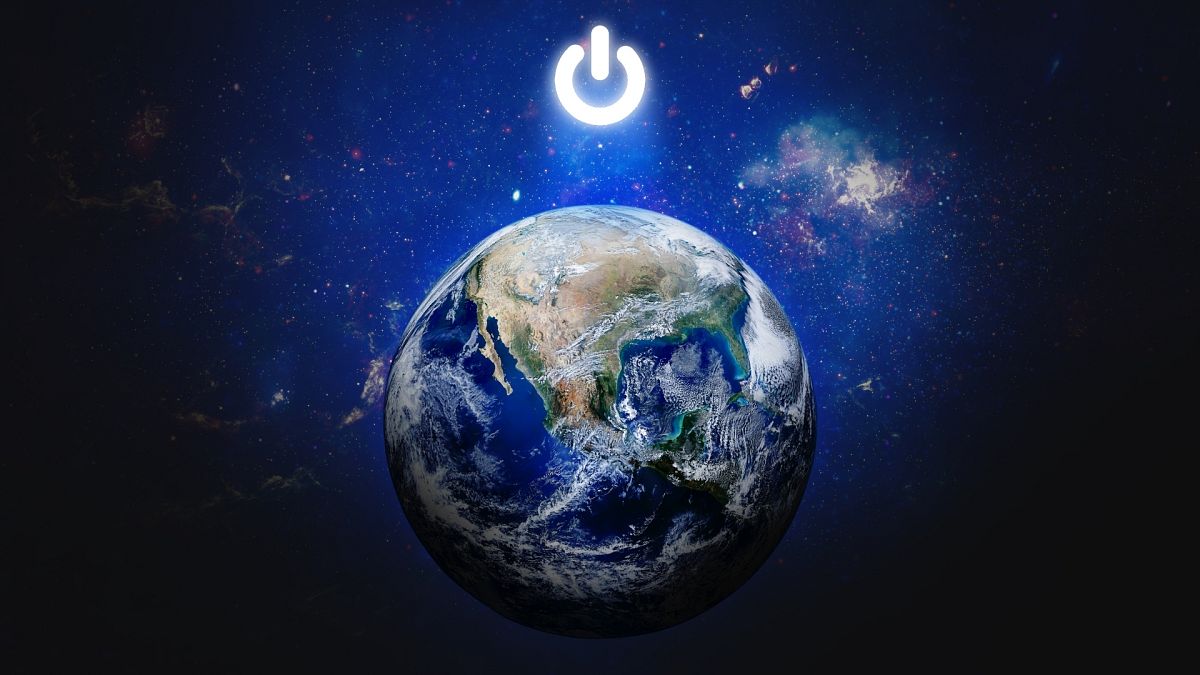
About Earth Hour:
- It is a global grassroots movement uniting people to take action on environmental issues and protect the planet. It is organized by the World Wildlife Fund (WWF).
- It started in Sydney, Australia, in 2007 as a symbolic lights-out event and has since grown into a global movement involving millions of people in over 190 countries and territories. It takes place towards the end of March every year.
- “Earth Hour” encourages people to switch off all lights for an hour, from 8:30 p.m. to 9:30 p.m. local time, to promote awareness of climate change challenges and energy conservation.
- Governments and companies also participate by turning off non-essential lights in their buildings, monuments and landmarks to raise awareness about the impact of energy consumption on our planet.
Key Facts about World Wildlife Fund (WWF):
- It is an international non-governmental organization (NGO)founded in 1961 in Morges, Switzerland, to protect endangered species of wildlife and preserve natural habitats.
- Mission: To stop the degradation of the planet’s natural environment and to build a future in which humans live in harmony with nature.
- WWF works with a broad spectrum of partners, including governments, industry, and local communities, to find solutions to the challenges that face our natural world.
Usha Mehta
A movie was released recently which is based on the biography of Indian freedom fighter Usha Mehta.

About Usha Mehta:
- She was born in a village named Saras, near Surat in Gujarat in 1920. She was a true Gandhian at heart and was popularly known as Ushaben.
- At the age of eight in 1928, she participated in a protest march against the Simon Commission.
- In 1942, she and her associates established the Secret Congress Radio during Quit India Movement. It played a crucial role in keeping the freedom movement leaders connected with the public.
Setting up an underground station:
- Background: At the advent of the War in 1939, the British had suspended all amateur radio licences across the Empire. Operators were supposed to turn in all equipment to the authorities, with severe punishment for those who failed to do so.
- Alongside Mehta, Babubhai Khakar, Vithalbhai Jhaveri and Chandrakant Jhaveri were key figures in organising Congress Radio.
- Congress Radio case:
- The trial of the five accused in the— Mehta, Babubhai Khakar, Vithalbhai Jhaveri, Chandrakant Jhaveri, and Nanak Gainchand Motwane (who sold key pieces of equipment to the team) — generated a lot of excitement in Bombay.
- Vithalbhai and Motwane were acquitted, Mehta, Babubhai and Chandrakant received stern sentences.
- Usha Mehta was released from Pune’s Yerawada Jail in March 1946, and hailed in the nationalist media as “Radio-ben”.
White Dwarf
Astronomers report the detection of four white dwarf stars of a recently discovered rare DAQ spectral subclass.

About White Dwarf:
- A white dwarf is the stellar core left behind after a dying star has exhausted its nuclear fuel and expelled its outer layers to form a planetary nebula. It is what stars like the Sun become after they have exhausted their nuclear fuel.
- White dwarfs no longer support nuclear fusion reactions that generate energy, but they are still extremely hot.
- A typical white dwarf is half as massive as the Sun, yet only slightly bigger than Earth.
- This makes white dwarfs one of the densest collections of matter, surpassed only by neutron stars.
- A newly born white dwarf consists of helium, carbon and oxygen nuclei, swimming in a sea of highly energetic electrons.
- Unlike most other stars that are supported against their own gravitation by normal gas pressure, white dwarf stars are supported by the degeneracy pressure of the electron gas in their interior.
- Degeneracy pressure is the increased resistance exerted by electrons composing the gas, as a result of stellar contraction.
- Unless it is accreting matter from a nearby star, the white dwarf cools down over the next billion years or so.
- It is predicted that they would ultimately form ‘black dwarfs’, although the Universe is likely not old enough for any black dwarfs to exist yet.
- The luminosity of white dwarfs can therefore be used by astronomers to measure how long-ago star formation began in a particular region.
- Many nearby, young white dwarfs have been detected as sources of soft or lower-energy, X-rays. By providing important ‘fossil’ records of the stars that they formed from, white dwarfs are an important cosmological tool.
- In 2006, Hubble was the first telescope to directly observe white dwarfs in globular star clusters, which astronomers reported as the dimmest stars ever seen in a globular star cluster.
IMT Trilateral Exercise
INS Tir and INS Sujata will participate in the forthcoming edition of India Mozambique Tanzania (IMT) Tri Lateral (TRILAT) Exercise.
XMKF.jpeg)
About IMT Trilateral Exercise:
- It is a joint maritime exercise scheduled from 21-29 Mar 24. As part of the harbour phase scheduled from 21-24 Mar 24, Naval ships Tir and Sujata will engage with the respective Navies at the ports of Zanzibar (Tanzania) and Maputo (Mozambique).
- This phase would begin with a Planning Conference followed by conduct of joint harbour training activities like Damage Control, Fire Fighting, Visit Board Search and Seizure procedures, Medical Lectures, Casualty Evacuation and Diving operations.
- The sea phase of the exercise is covering practical aspects of countering asymmetric threats, Visit Board Search and Seizure procedures, boat handling, manoeuvres and firing exercise. A joint EEZ surveillance is also planned during the sea phase.
- The exercise will conclude with a joint debrief scheduled at Nacala (Mozambique).
International Telecommunication Union
Recently, Dr Neeraj Mittal was unanimously elected as co-chair of the Digital Innovation Board of International Telecommunication Union (ITU).

About International Telecommunication Union:
- It is the United Nations specialized agency for information and communication technologies. It was established in 1865 as International Telegraph Union.
- In 1947 the ITU became a specialized agency of the United Nations. It is an intergovernmental organization that coordinates between governments and private sector bodies with respect to global telecommunication and information communication technology (ICT) services.
- Member countries: It has a membership of 193 countries and more than 1000 companies, universities and international and regional organizations.
- Functions:
- allocate global radio spectrum and satellite orbits;
- coordination and setting of technical standards related to telecommunication/ICT;
- work to improve access to ICTs in underserved communities worldwide;
- India and ITU: India has been an active member of the ITU since 1869 and has been a regular member of the ITU Council since 1952.
- Headquarters: Geneva, Switzerland.
What is Digital Innovation Board?
- It was formed under the aegis of Innovation and Entrepreneurship Alliance for Digital Development. It comprises of Ministers and Vice Ministers of Telecom/ICT of 23 Member Countries of ITU spanning Asia, Europe, Africa, North and South America.
- ITU has started Innovation and Entrepreneurship Alliance for Digital Development to respond to significant unmet needs of ITU Membership in the area of innovation, as articulated in the Kigali Action Plan adopted at the World Telecommunication Development Conference 2022.
- The Alliance has three main vehicles: – Digital Transformation Lab, Network of Acceleration Centres and Digital Innovation Board
- The Alliance establishes the Digital Innovation Board to provide strategic guidance, expertise and advocacy regarding its mission of building critical local enablers and fostering innovation and entrepreneurship in digital development, to create a more inclusive and equitable digital future for all.
Shanghai Cooperation Organisation Startup Forum
The fourth edition of the Shanghai Cooperation Organisation (SCO) Startup Forum was organized recently in New Delhi.

About Shanghai Cooperation Organisation Startup Forum:
- It is a platform for the stakeholders from the startup ecosystems from all SCO Member States to interact and collaborate.
- It aims to create multilateral cooperation and engagement for startups among the SCO Member States. It will empower the local startup ecosystems in the Member States.
- The following are the objectives of the engagement:
- Sharing of best practices to promote entrepreneurship and innovation to build knowledge-exchange systems.
- Bringing Corporates and Investors across to work closely with startups and provide local entrepreneurs with much-needed support and market access.
- Increasing scaling opportunities for startups by providing solutions in the field of social innovation and provide the Governments with a plethora of innovative solutions
- Facilitating cross-border incubation and acceleration programs that will enable the startups to explore international markets and get focused mentorship.
- India will host the second meeting of the Special Working Group for Startups and Innovation (SWG) in November 2024 and SCO Startup Forum 5.0 in January 2025.
- Previously, Startup India had organized various initiatives for SCO Member states including:
- SCO Startup Forum 1.0: The SCO Startup Forum in 2020 laid the foundation for multilateral cooperation and engagement for startups among the SCO Member States.
- SCO Startup Forum 2.0: The two-day Forum was held virtually in 2021. SCO Startup Hub, a single point of contact for the SCO startup ecosystem, was launched in this forum.
- SCO Startup Forum 3.0: DPIIT organised the first ever physical SCO Startup Forum in 2023 for the SCO Member States.
- 1st Meeting of the SWG: The first Meeting of the SCO Special Working Group on Startups and Innovation (SWG), permanently chaired by India, was organised on the theme ‘Growing from Roots’ in 2023.
PM Modi Honoured with Bhutan’s ‘Order of the Druk Gyalpo’ Award
Indian Prime Minister Narendra Modi has created history by becoming the first non-Bhutanese to receive the ‘Order of the Druk Gyalpo’, Bhutan’s highest civilian award. He received this prestigious honour from Bhutan’s King Jigme Khesar Namgyel Wangchuck during his two-day state visit to Thimphu. The ‘Order of the Druk Gyalpo’ is a lifetime achievement award and is considered the pinnacle of Bhutan’s honour system. Only four eminent personalities have received this award since its institution.

Historic Achievement for PM Modi
- PM Modi is the first non-Bhutanese to receive the ‘Order of the Druk Gyalpo’
- He is also the first foreign head of government to get this prestigious award
- The honour was conferred by Bhutan’s King Jigme Khesar Namgyel Wangchuck
‘Order of the Druk Gyalpo’ – Bhutan’s Highest Civilian Honor
- The ‘Order of the Druk Gyalpo’ is a lifetime achievement award
- It is the highest civilian award in Bhutan
- It takes precedence over all other orders, decorations, and medals
- Only four eminent personalities have received it so far
Previous Recipients of the Award
- Her Majesty Royal Queen Grandmother Ashi Kesang Choden Wangchuck (2008)
- His Holiness Je Thrizur Tenzin Dendup (68th Je Khenpo of Bhutan, 2008)
- His Holiness Je Khenpo Trulku Ngawang Jigme Choedra (2018)
- Je Khenpo is the Chief Abbot of the Central Monastic Body of Bhutan
PM Modi’s historic achievement of becoming the first non-Bhutanese to receive the ‘Order of the Druk Gyalpo’, Bhutan’s highest civilian honour. It underscores the significance of this award, which is a lifetime achievement recognition and stands at the pinnacle of Bhutan’s honour system. Key figures like Bhutan’s King Jigme Khesar Namgyel Wangchuck and previous recipients are also mentioned.
‘Operation Indravati’ to Evacuate Indian Nationals from Haiti Begins
Operation Indravati
- Haiti is facing a severe crisis due to escalating gang violence. Armed gangs have launched attacks in the suburbs of Port-au-Prince, prompting India to launch Operation Indravati to evacuate its nationals to the Dominican Republic. Similarly, the US has airlifted more than 15 Americans to Santo Domingo.
- The situation has deteriorated since the 2010 earthquake, with gangs staging attacks, burning police stations, shutting down the airport, and freeing prisoners. Haiti declared an emergency and imposed a curfew. Gang leader Jimmy Cherizier demanded the resignation of acting Prime Minister Ariel Henry, who later announced his intention to step down but remains in power.
Operation Indravati–Gangs Unleash Violence in Haiti
- Armed gangs launch attacks in Port-au-Prince suburbs
- Gangs burn police stations, shut down airport, storm prisons
- Thousands of prisoners freed in gang attacks
- Haiti declares emergency, imposes nighttime curfew
- Gang leader Jimmy Cherizier demands PM’s resignation
Operation Indravati–India and the US Evacuate Nationals
- India launches “Operation Indravati” to evacuate Indians
- Indians being evacuated to Dominican Republic
- US airlifts over 15 Americans to Santo Domingo
Operation Indravati–Political Crisis Deepens
- Acting PM Ariel Henry announces intention to step down
- Henry does not offer timeframe, remains in power
- Henry currently exiled in Puerto Rico
- Jean-Charles Moise forms alliance with former rebel leader Guy Philippe
The article highlights the crisis in Haiti due to gang violence, the evacuation efforts by India and the US, and the political turmoil with the acting Prime Minister’s intention to resign. Key names like Jimmy Cherizier, Ariel Henry, Jean-Charles Moise, and Guy Philippe are also mentioned.
India’s First Battery Storage Gigafactory to Start Operations in J&K
GoodEnough Energy has announced that it will start operations at India’s first battery energy storage gigafactory in the northern region of Jammu and Kashmir by October 2023.
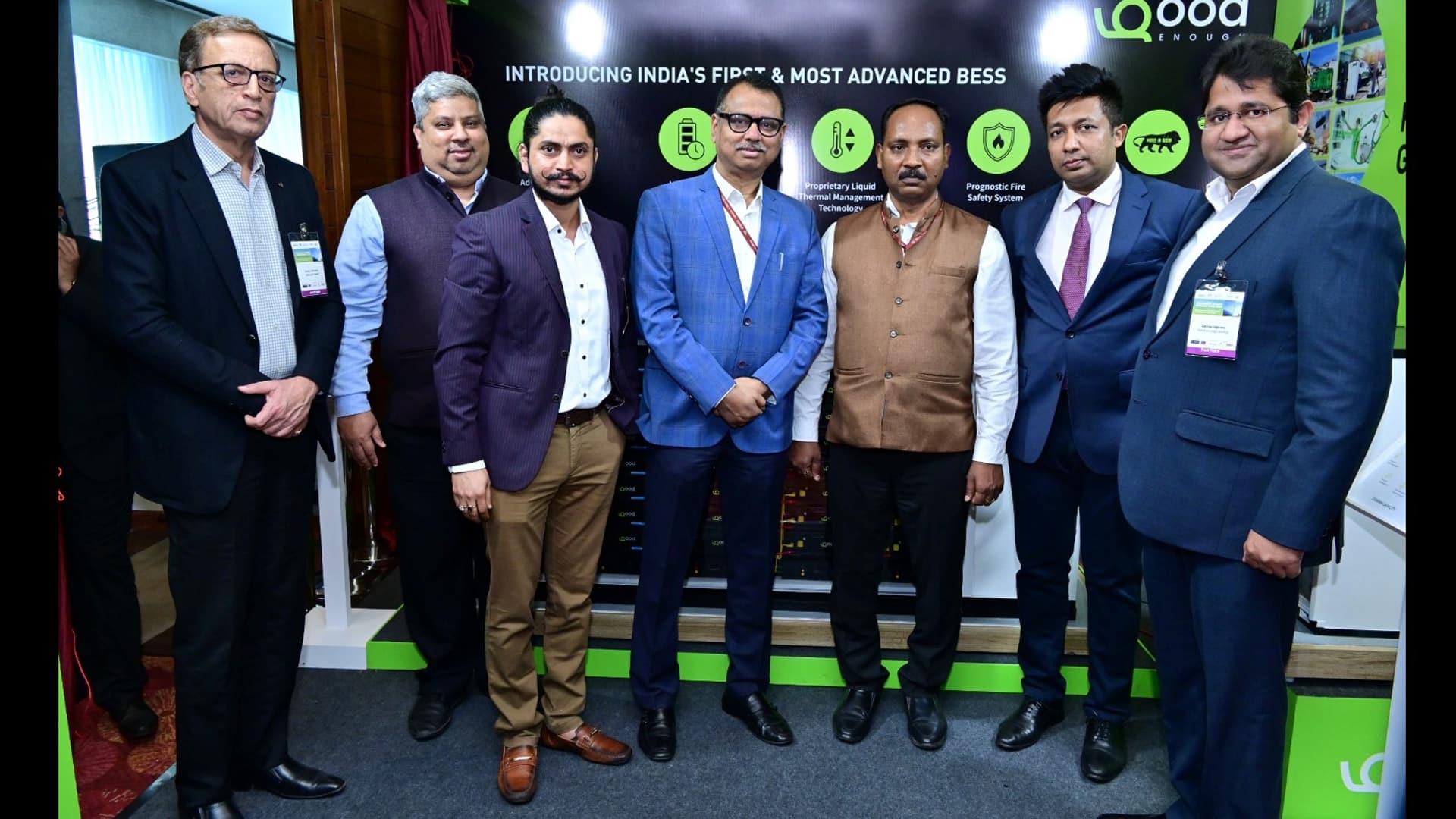
Reducing Carbon Emissions
- According to GoodEnough, the facility will help industries cut more than 5 million tons of carbon emissions in a year. India has set a goal to become net zero by 2070.
Investment and Expansion Plans
- GoodEnough has already invested 1.5 billion rupees ($18.07 million) in the 7 gigawatts per hour (GWH) facility.
- The company plans to spend an additional 3 billion rupees by 2027 to increase the capacity to 20 GWH.
- These plans were revealed by GoodEnough’s founder, Akash Kaushik.
Significance for Renewable Energy
- Battery energy storage projects are crucial for India’s ambitious plan to expand its renewable energy capacity to 500 gigawatts (GW) by 2030, up from the current 178 GW.
Government Incentives
- The Indian government is offering incentives worth $452 million to companies under a program to promote battery storage projects.
Role of Battery Storage Systems
- Battery storage systems enable the storage of energy from solar, wind, and other renewable sources. This stored energy can be released when needed, making renewable energy more reliable and consistent.
- The establishment of India’s first battery storage gigafactory is a significant step towards meeting the country’s renewable energy targets and reducing its carbon footprint. The facility’s operations in Jammu and Kashmir will play a pivotal role in supporting the growth of the renewable energy sector in India.
India’s First Ayurvedic Cafe Opens in Delhi
The Maharishi Ayurveda Hospital in Shalimar Bagh, Delhi, is making headlines for its in-house restaurant, Soma-The Ayurvedic Kitchen. This restaurant is being hailed as the first Ayurvedic Kitchen in India.

Ayurvedic Approach to Dining
- At Soma-The Ayurvedic Kitchen, the food is customized according to the visitor’s health. The menu features dishes like Dumplings and Pav Bhaji, all prepared without onion and garlic. The hospital patients frequently visit this café during their treatment, alongside outside visitors.
Positive Reviews and Healthy Eating Experience
- Several food enthusiasts have visited this restaurant to try the healthy and fresh food, and none have left without praising their experience of eating healthy at this eatery.
Fusion of Ayurveda and Food
- Dr. Himanshu, a doctor at the Maharishi Ayurveda Hospital, claims that almost all the dishes are homemade and fresh. He adds that they founded Soma restaurant to promote the fusion of Ayurveda and food.
Ayurvedic Twist on Fast Food
- While the menu features fast food items like Vada Pav and Dumplings, Dr. Himanshu explains the Ayurvedic twist on these dishes. The Pav (bread) is made of Ragi, known for its cooling effect in Ayurveda, while the Vada (potato balls) are coated with nutritious Moong Daal. “Vada Pav at our restaurant is recommended for people suffering from Kapha Dosha,” he adds.
Kapha Dosha and Ayurvedic Ingredients
- According to Ayurveda, Kapha Dosha is associated with a lazy and relaxed personality. The dumplings are offered with a blend of wheat, beetroot, ricotta, cottage cheese, and spinach. Beetroot is known for its detoxifying ability, while spinach is iron-rich and aids digestion.
Positive Visitor Experiences
- Several people have visited this restaurant and shared their experiences of enjoying healthy and delicious Ayurvedic cuisine.
Brucethoa isro
New species of deep-sea isopod discovered off Kollam, Kerala named after ISRO.
- Genus – The tiny fish-parasitic crustacean, belonging to the genus Brucethoa, was recovered from the base of the gill cavity of the Spinyjaw greeneye, a marine fish.
| Crustacean |
|
The new species has been named Brucethoa isro in honour of the Indian space agency’s successful space missions, including the successful lunar mission titled Chandrayaan-3.
- The new species was identified by the same team that had in 2020 described Brucethoa as a new genus from India.
- Features – Females of the Brucethoa isro species tend to be larger than the males.
- Females grow to about 19 mm in length and 6 mm in width, while males are smaller at around half the size.
- The distinctive morphology and behaviour of deep-sea parasitic isopods have long intrigued taxonomists.
Reverse Osmosis
Water purifiers that use reverse osmosis (RO) are emerging as a popular choice for safe and clean drinking water in India, however, experts warn that RO water with dangerously low levels of mineral content can have adverse impact on health.

- Reverse Osmosis (RO) – It is a water purification process that uses a partially permeable membrane to remove ions, unwanted molecules and larger particles from drinking water.
- Reverse osmosis works by reversing the principle of osmosis.
- The salt solution is subjected to pressure and pressed against the semi-permeable membrane.
- Here, the applied pressure is greater than the osmotic pressure.
- Thus, the molecules move from a highly concentrated solution to a less concentrated solution.
- Diffusion – Diffusion is a process by which the molecules move from the region of higher concentration to lower concentration.
- There is a net movement meaning more molecules moving in one direction than in the opposite direction.
- In osmosis, the water molecules and the concentration gradient occurs over the semipermeable membrane which allows the entry of water and blocks the passage of ions and other larger molecules including sodium, chlorine, bacteria, glucose, etc.
- Reverse osmosis is the process or the technology which is used to remove ions, mineral chemicals, and other impurities from drinking water.
- In this process, greater pressure is applied, forcing the water to travel through the semipermeable membrane in opposite to natural osmosis.
- TDS – In RO, the total dissolved solids (TDS), a major determinant of water quality – in water are reduced to meet potable water standards.
- TDS comprise inorganic salts like calcium, magnesium, etc and some small amounts of organic matter that are dissolved in water.
- Home filters waste nearly 80% of the water during treatment.
- The resort to restrict home filters may cause consumer to worry but it is unlikely that they will be taken to task for using such water filters.
- Various methods, technologies to remove impurities from water:



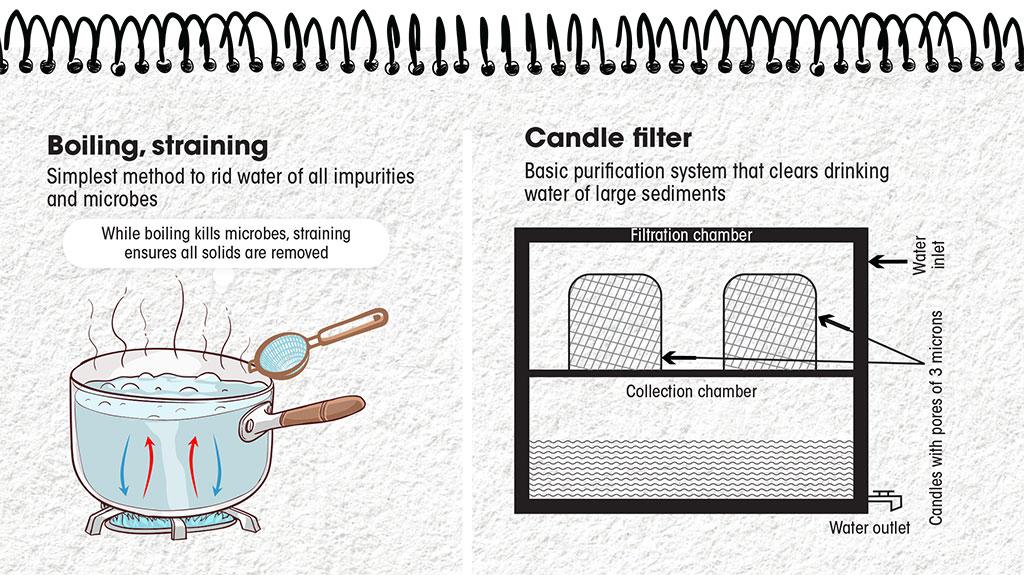
Ebola
Scientists recently found a new way in which Ebola reproduces in the human body, identifying a potential target for drugs to prevent the viral disease.
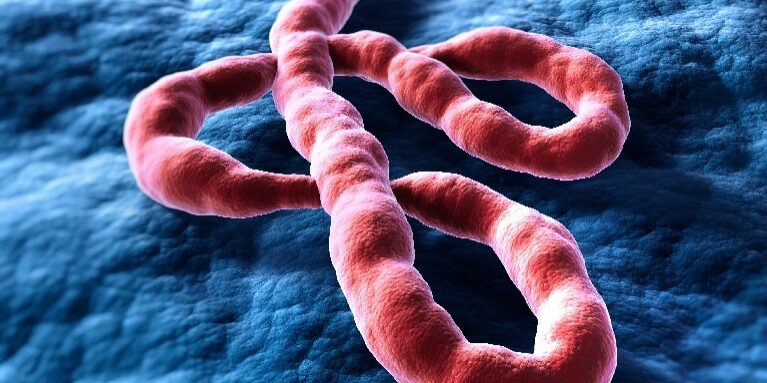
About Ebola:
- Ebola virus disease (EVD, or Ebola) is a rare but severe illness in humans.
- It is caused by several species of viruses from the genus Ebolavirus, that are found primarily in sub-Saharan Africa.
- It gets its name from the Ebola River, which is near one of the villages in the Democratic Republic of Congo where the disease first appeared.
- Transmission:
- Ebola isn’t as contagious as more common viruses like colds, influenza, or measles.
- It spreads to people by contact with the skin or bodily fluids of an infected animal, like a monkey, chimp, or fruit bat.
- Then it moves from person to person in the same way.
- You can’t get Ebola from air, water, or food. A person who has Ebola but has no symptoms can’t spread the disease, either.
- There are occasional Ebola disease outbreaks in people, occurring primarily on the African continent.
- Symptoms:
- Symptoms of Ebola can start two to 21 days after being infected by the virus.
- Symptoms start out flu-like but can progress to severe vomiting, bleeding, and neurological (brain and nerve) issues.
- Treatment:
- There is no known treatment for Ebola, although experimental vaccines and therapeutics are being tested.
- Current therapy consists of maintenance of fluid and electrolyte balance and the administration of blood and plasma to control bleeding.
- Mortality:
- Mortality rates for EVD range from 25 percent to 90 percent, with an average of 50 percent.
- Death usually occurs as a result of shock due to fluid loss rather than blood loss.
|
Other Important Topics |
||||||||
| EXERCISE IMT TRILAT- 2024 | ||||||||
The 2nd edition of the Trilateral Exercise (IMT TRILAT) began recently in the western Indian Ocean.
|
||||||||
| The Order of the Druk Gyalpo | ||||||||
Prime Minister Narendra Modi was recently awarded the order of the Druk Gyalpo during the 114th National Day of Bhutan.
|
||||||||
| E-cigarettes ban in New Zealand | ||||||||
|
||||||||
| Byadgi chilli | ||||||||
|
||||||||
| Ban of cotton candy in Himachal Pradesh | ||||||||
Himachal Pradesh has recently instituted a 1-year ban on the production, sale and storage of cotton candy or candy floss.
|
||||||||
| Arsenic Contamination | ||||||||
A new study highlighted that 32% of the global population lives in low- and middle-income countries that do not adhere to the World Health Organization’s recommended limits of Arsenic in water.
|
||||||||
| Operation Indravati | ||||||||
India recently launched ‘Operation Indravati’
|
||||||||
| International Telecommunication Union’s Digital Innovation Board (DTB) | ||||||||
Dr Neeraj Mittal was unanimously elected as co-chair of the Digital Innovation Board of International Telecommunication Union’s (ITU).
International Telecommunication Union (ITU)
|
||||||||
| Pygmy Hippo (Choeropsis liberiensis) | ||||||||
A rare pygmy hippo was recently born in captivity in Athens’ Attica Zoological Park, Greece.
|
||||||||
| Orans, Dev vans, Runds | ||||||||
Rajasthan recently notified to recognize orans, dev vans and runds as deemed forests has sparked fear among community dwellers.
|

.jpg)

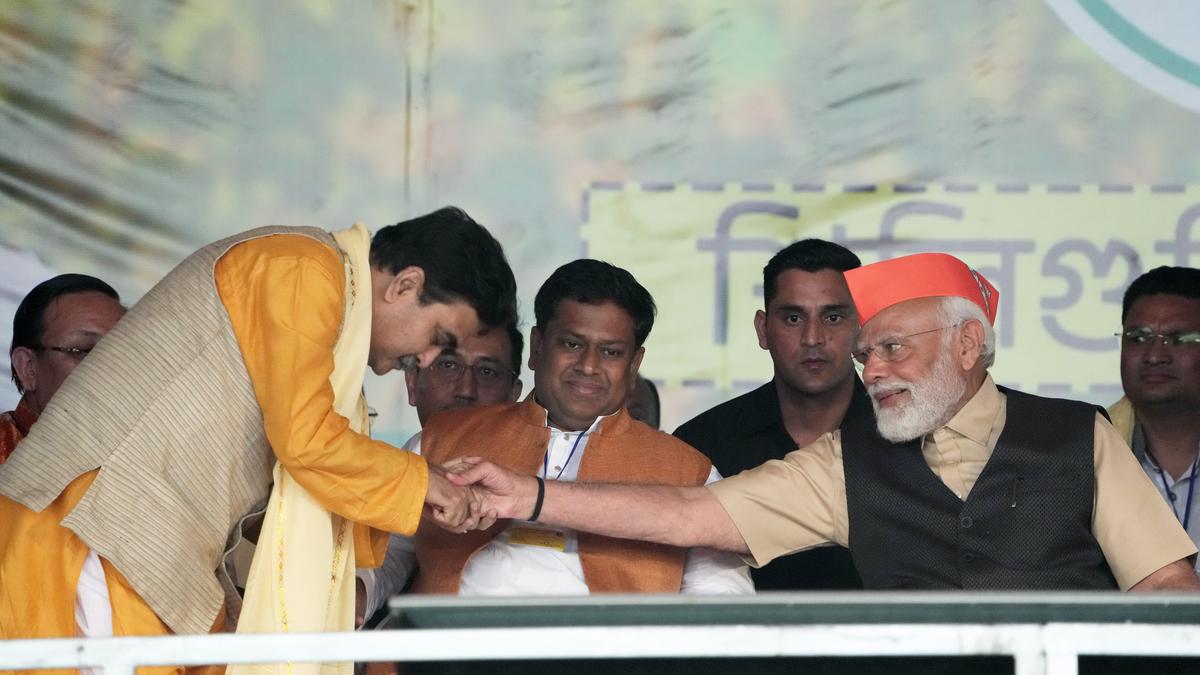



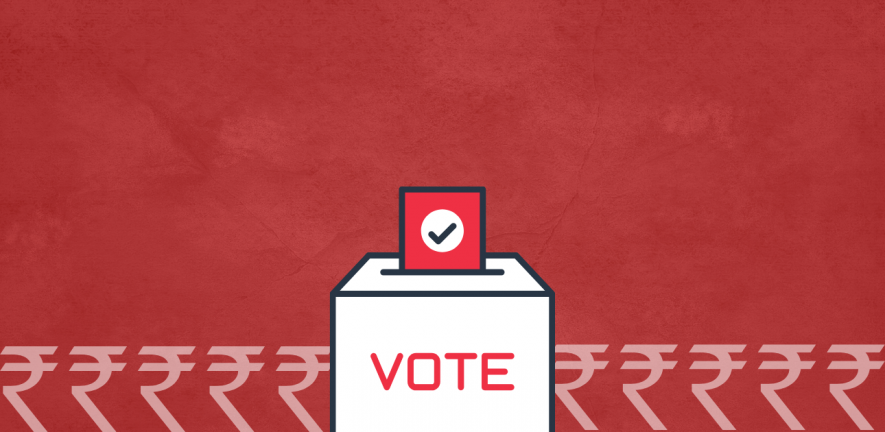

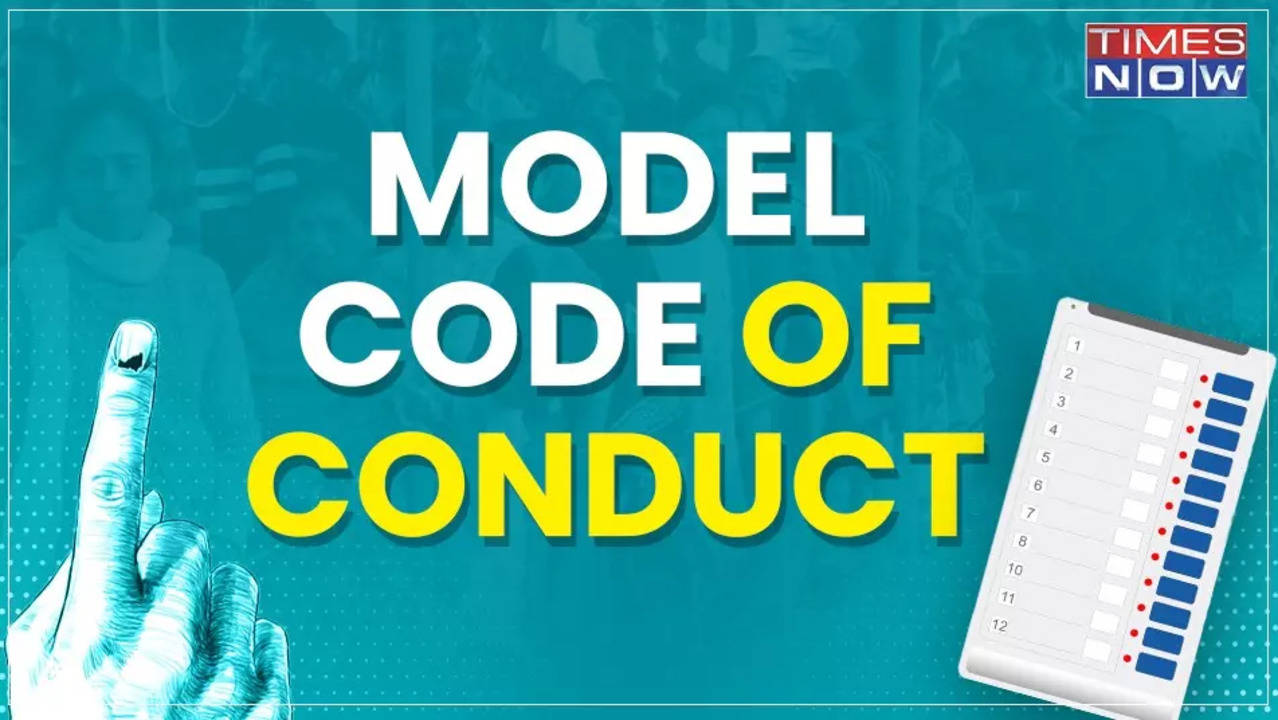





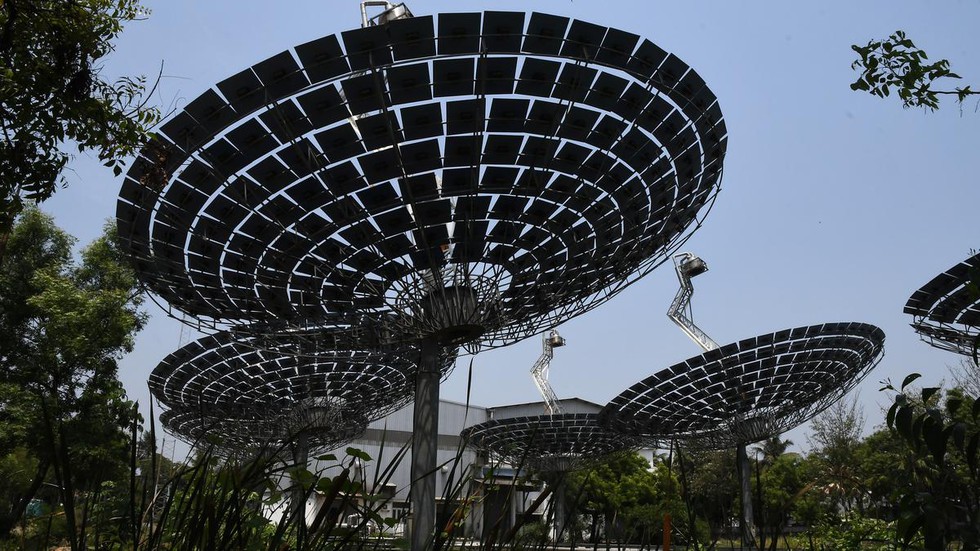

)
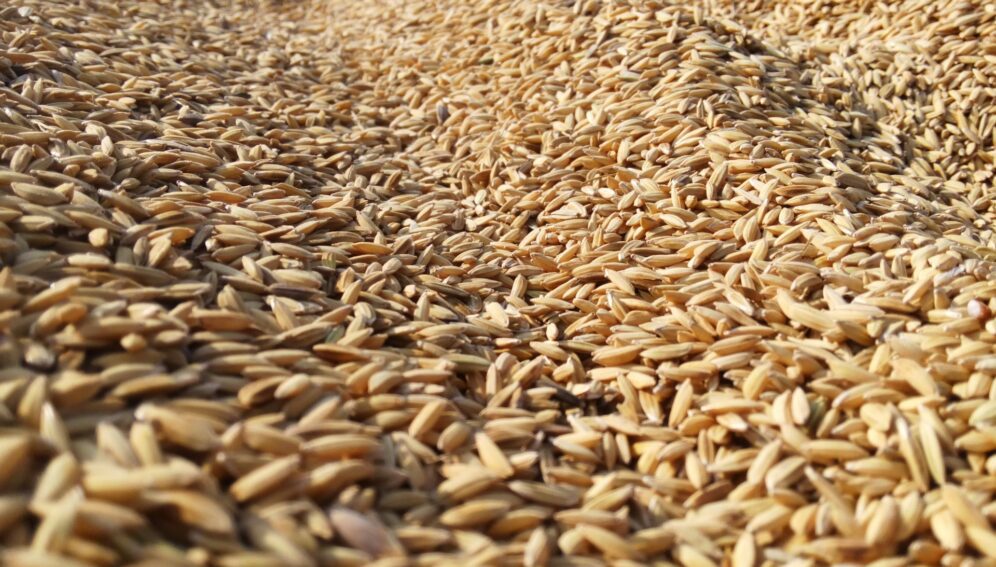
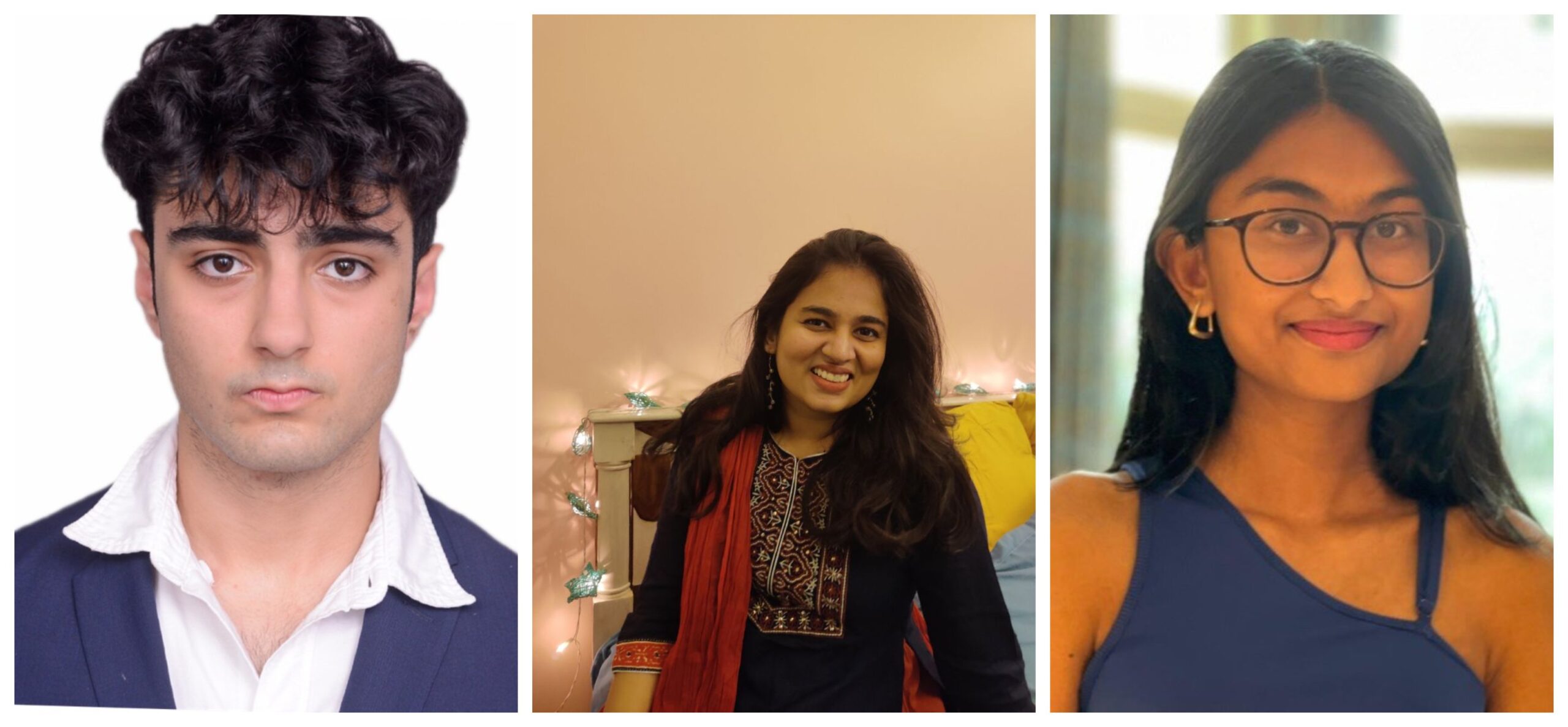
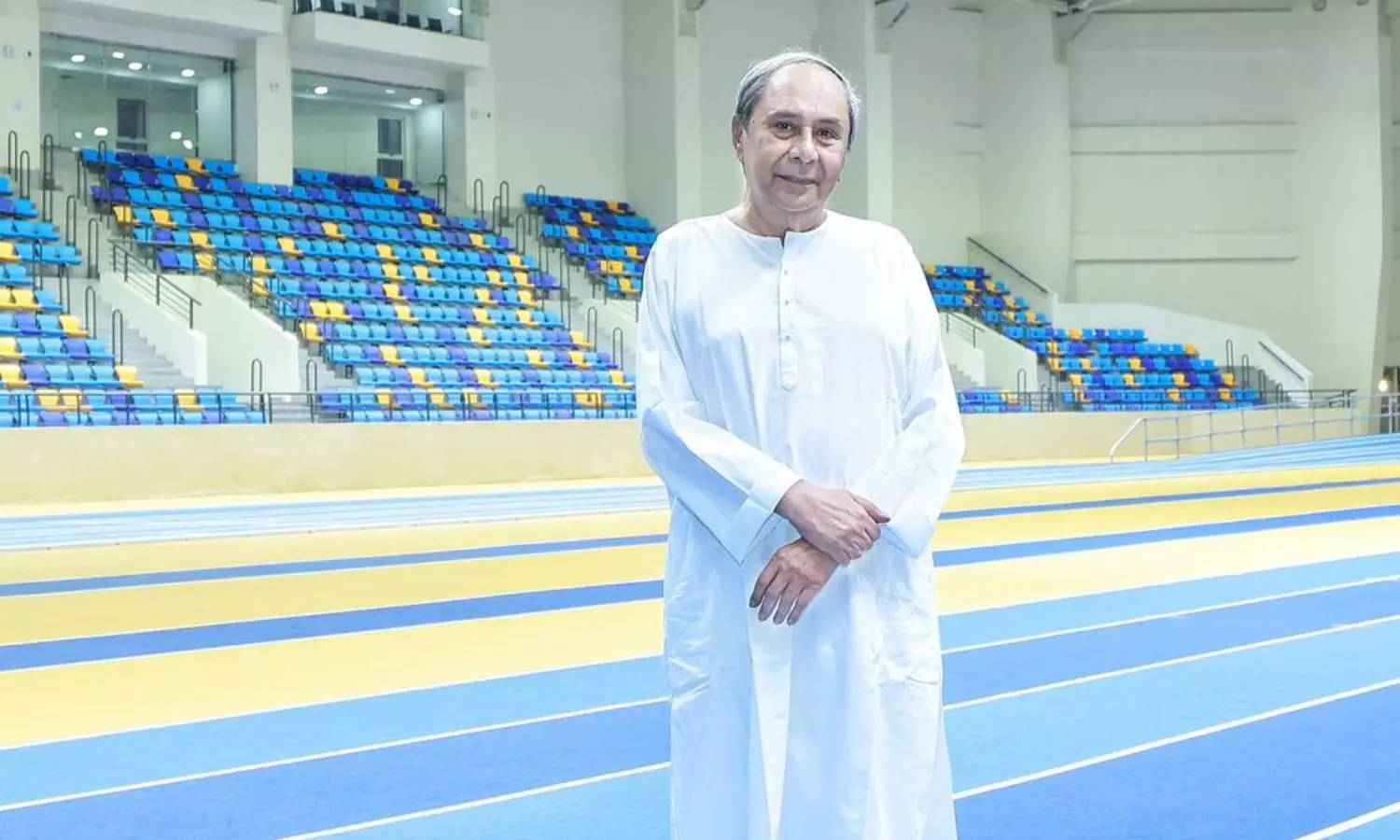


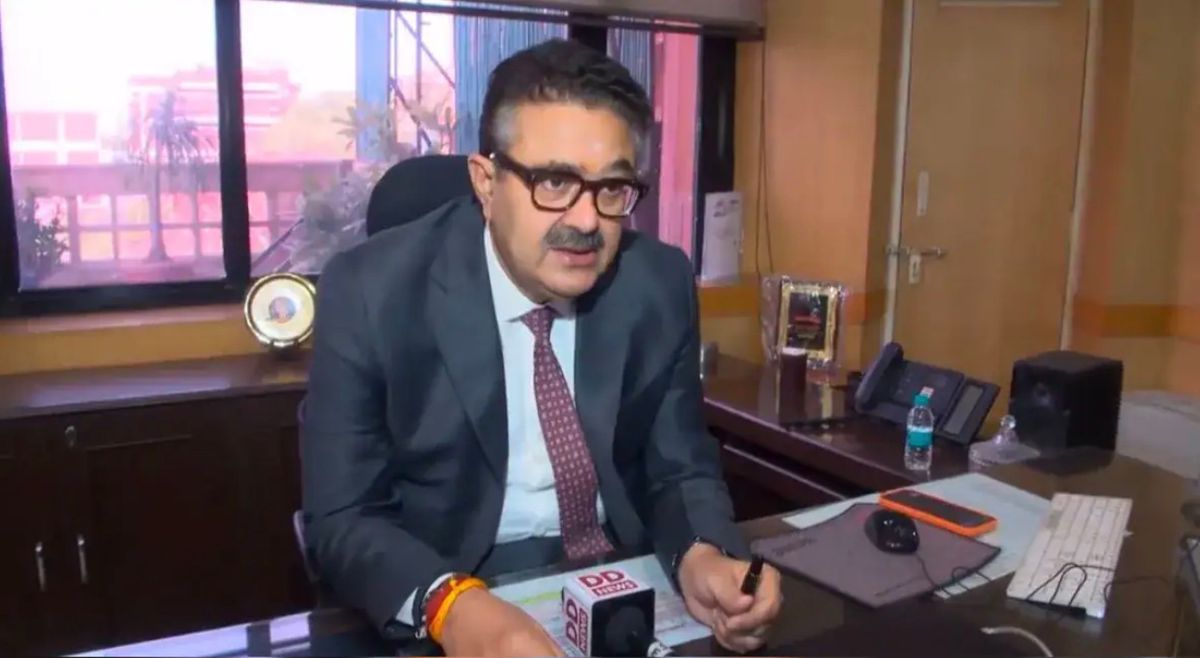
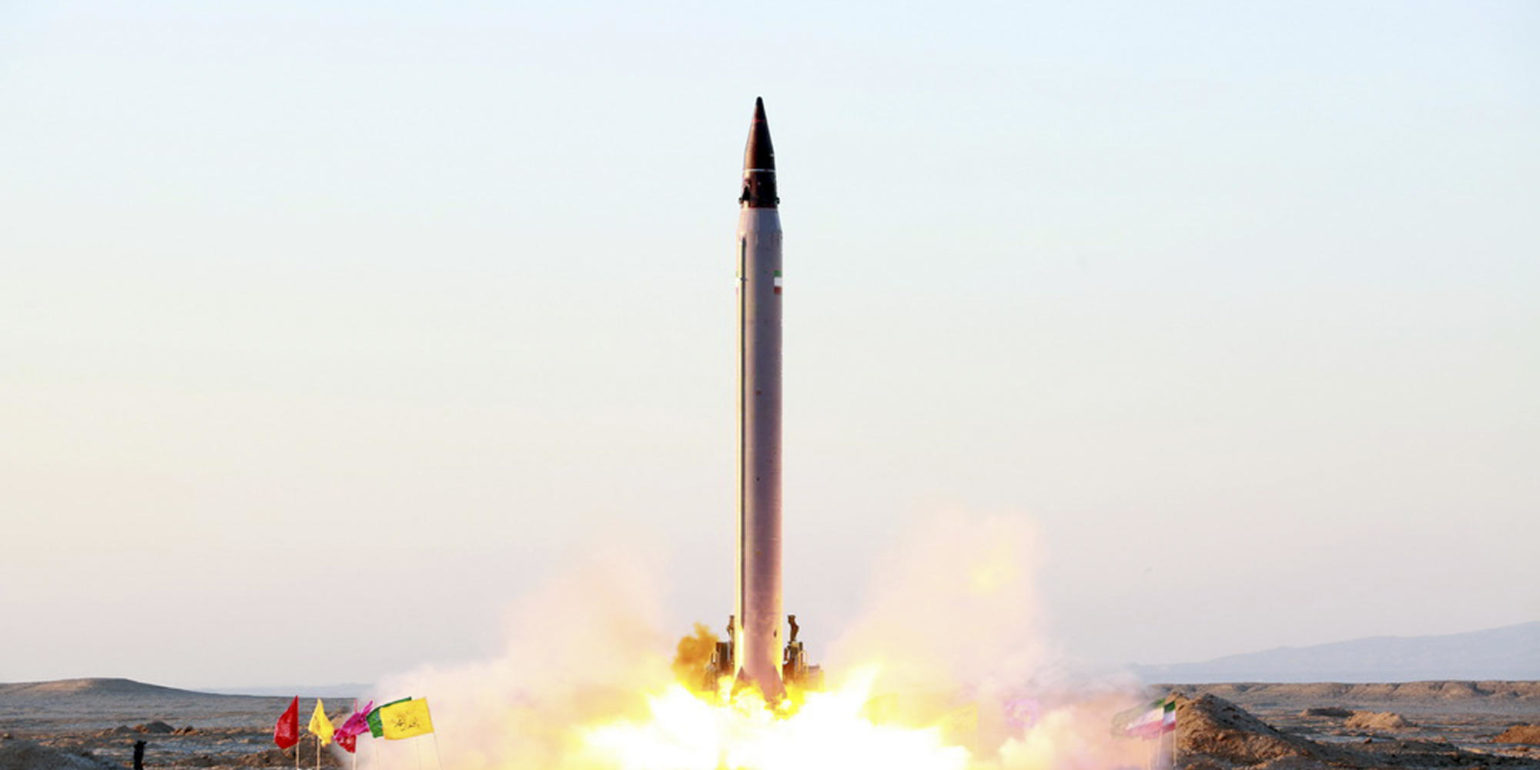

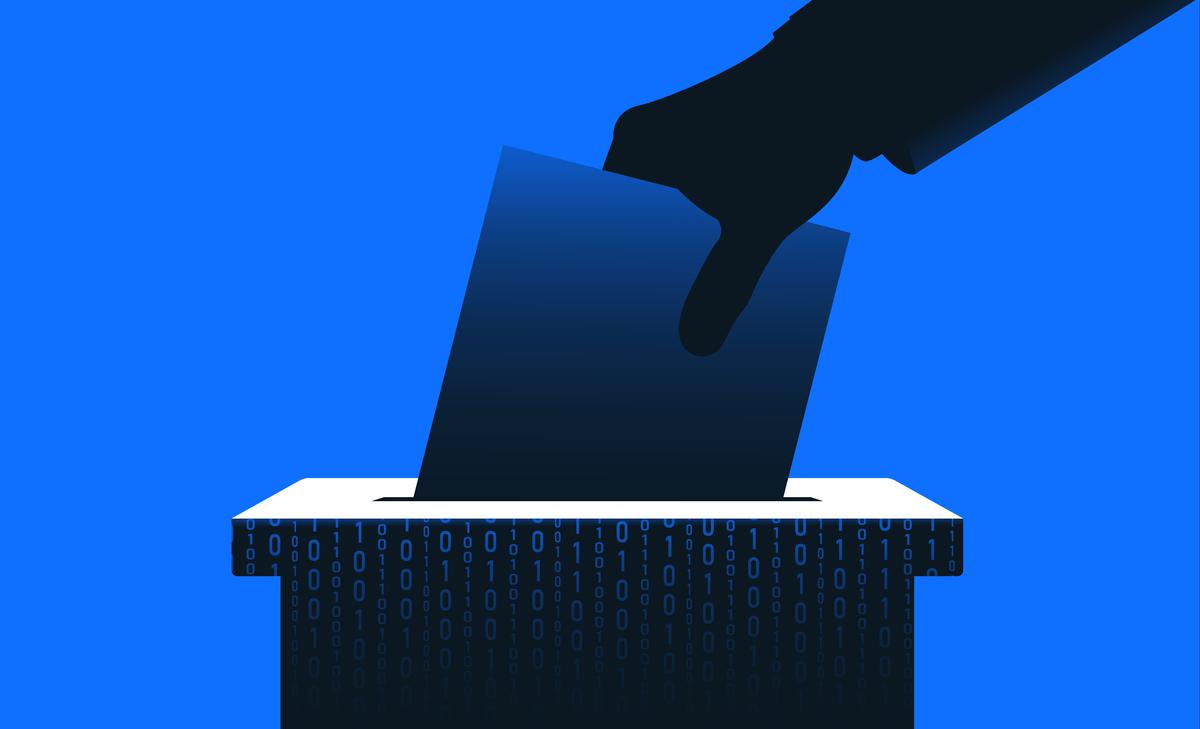

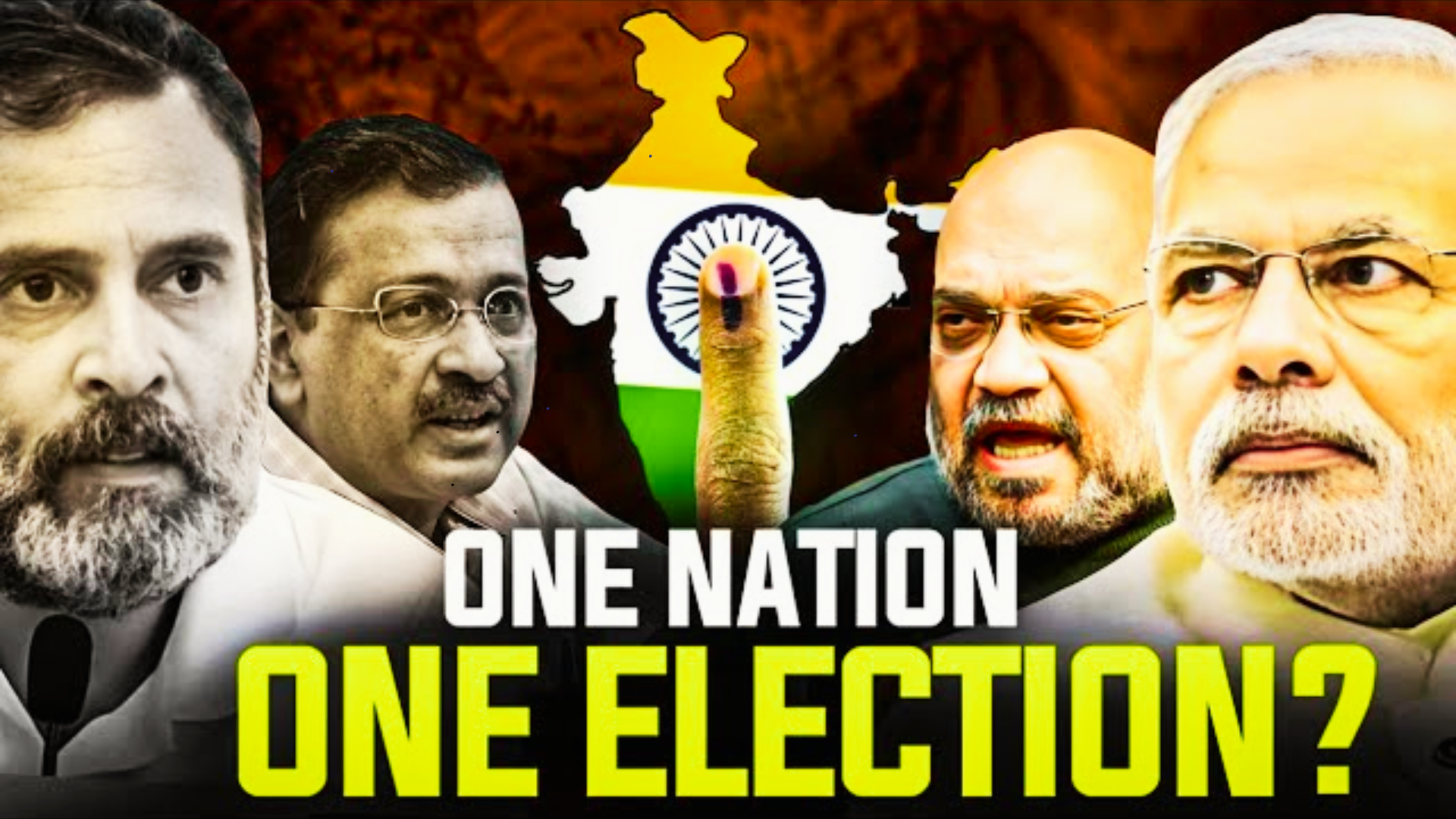

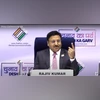)

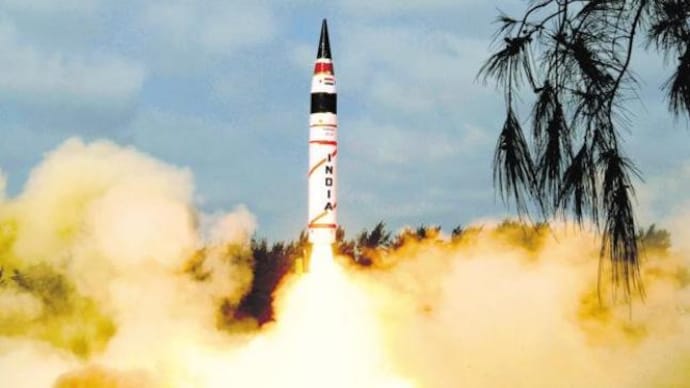
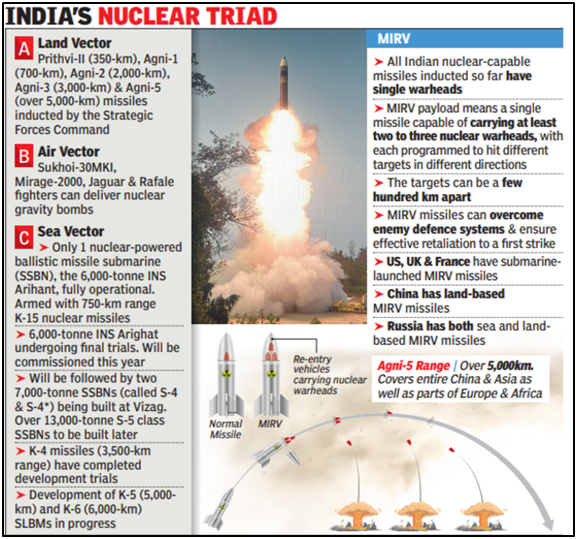





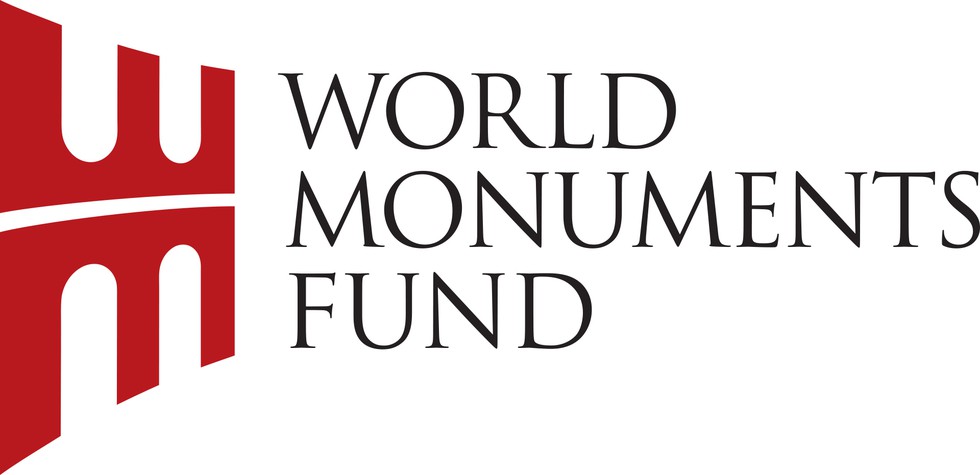

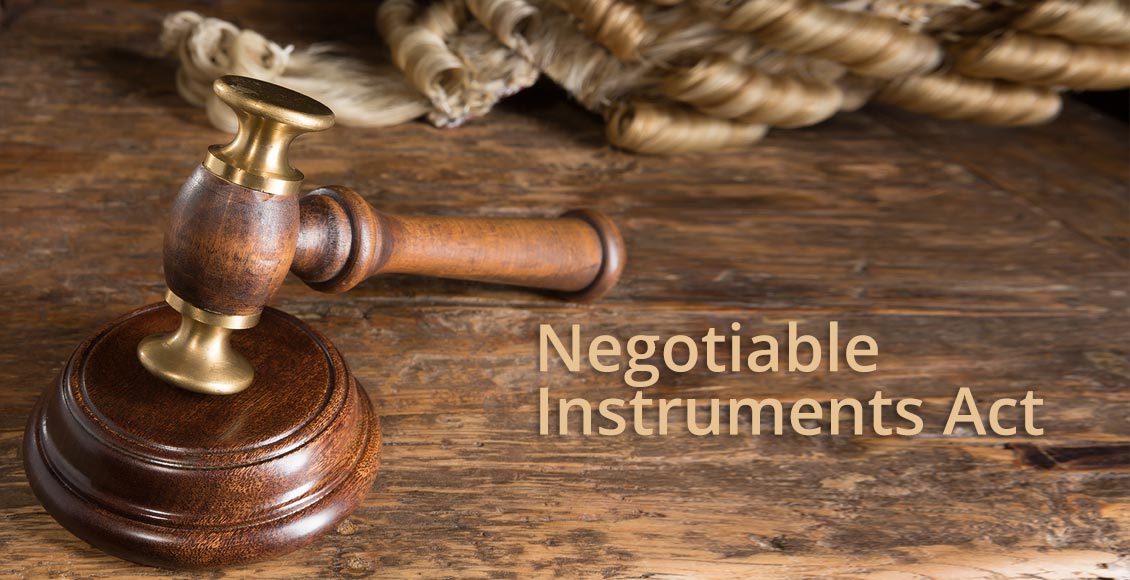



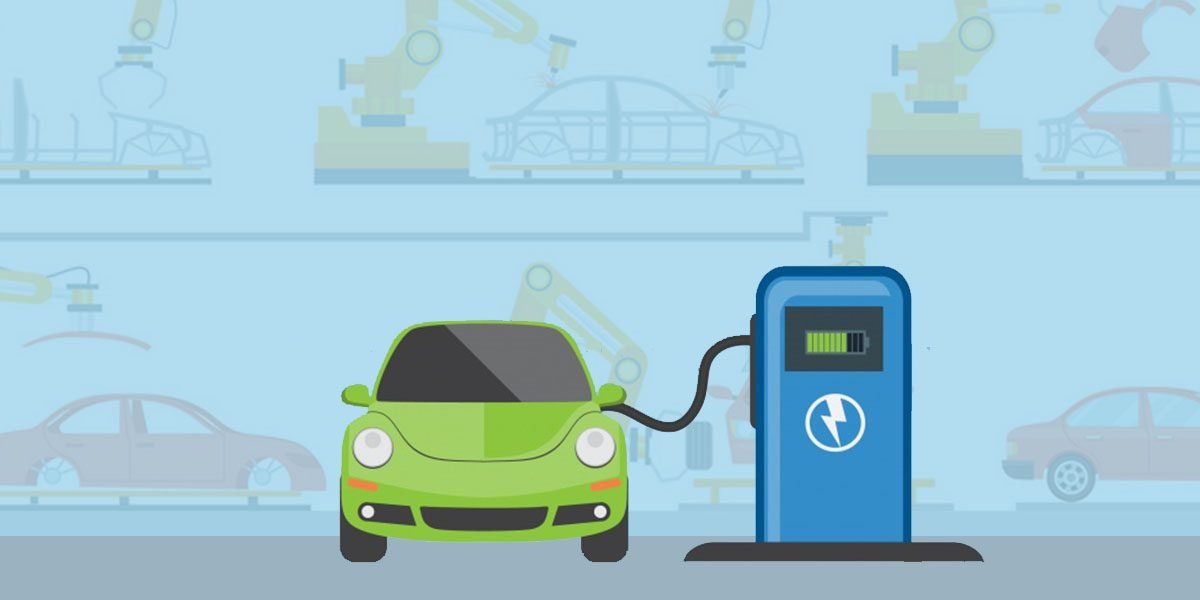


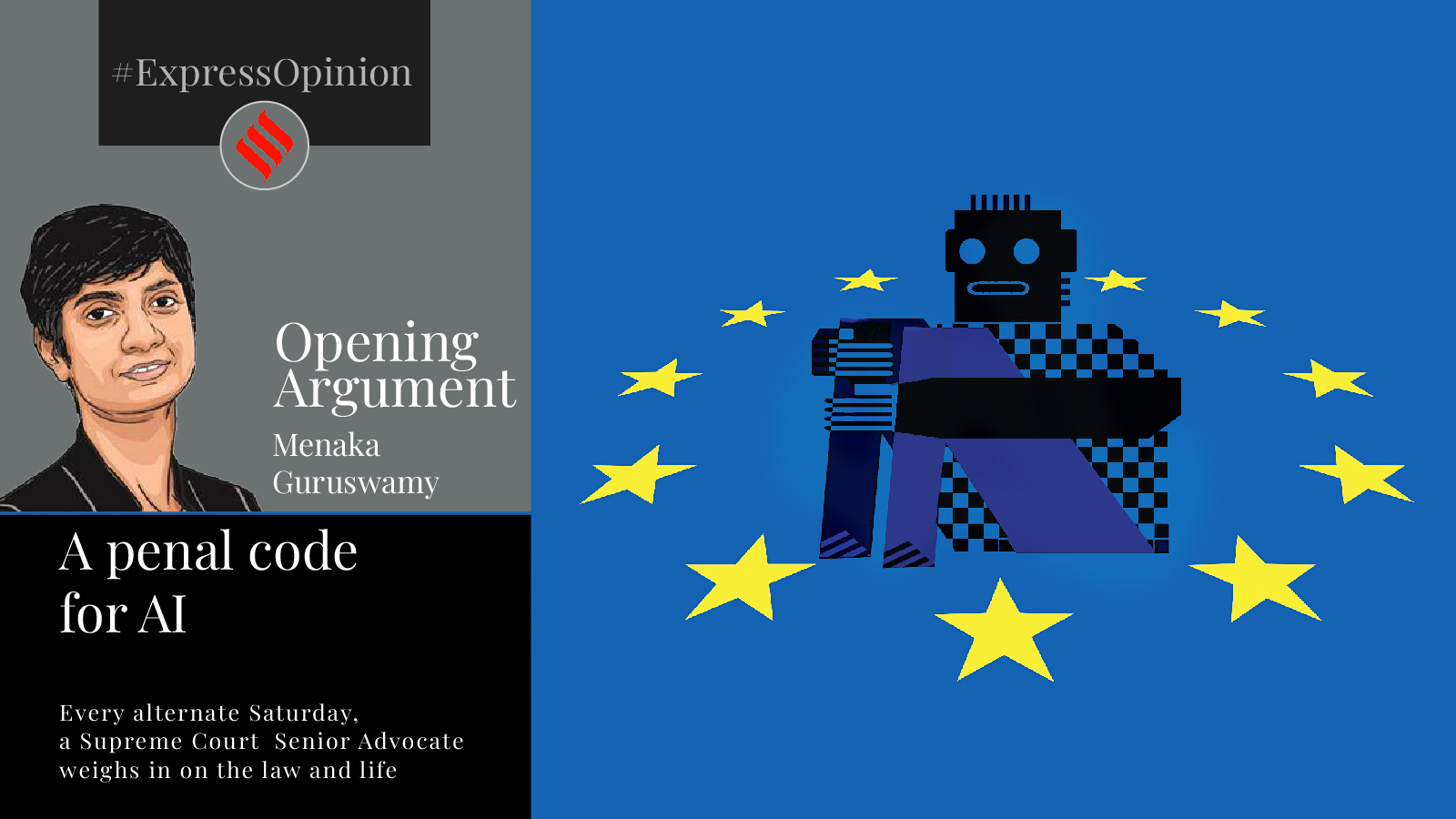




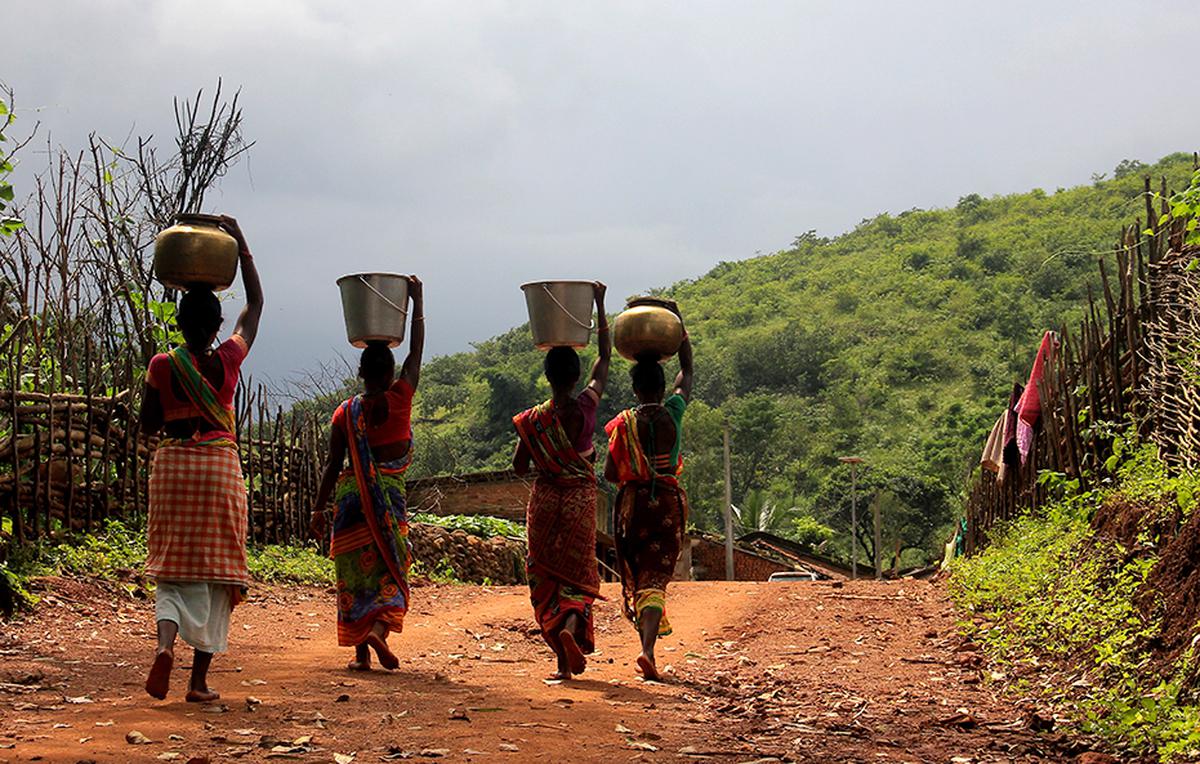




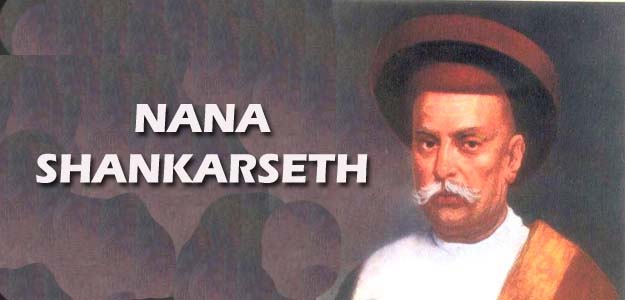
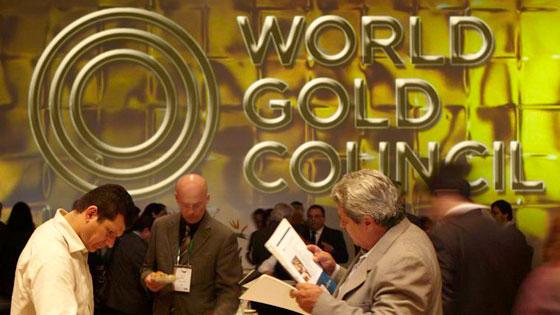
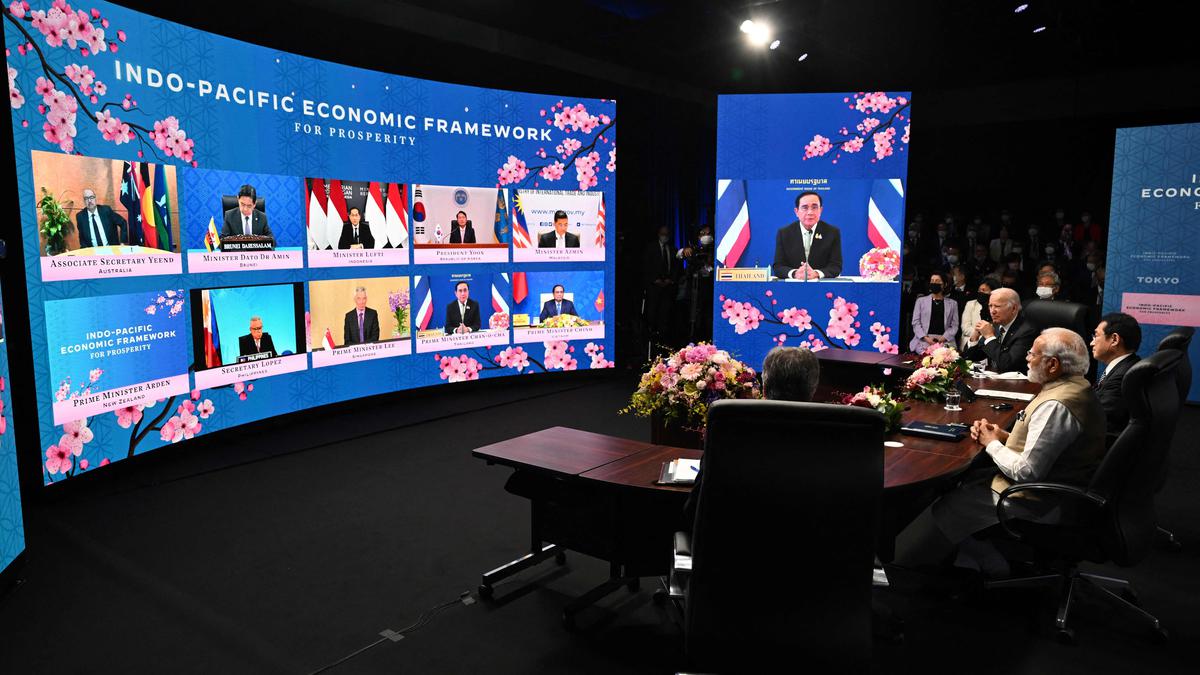

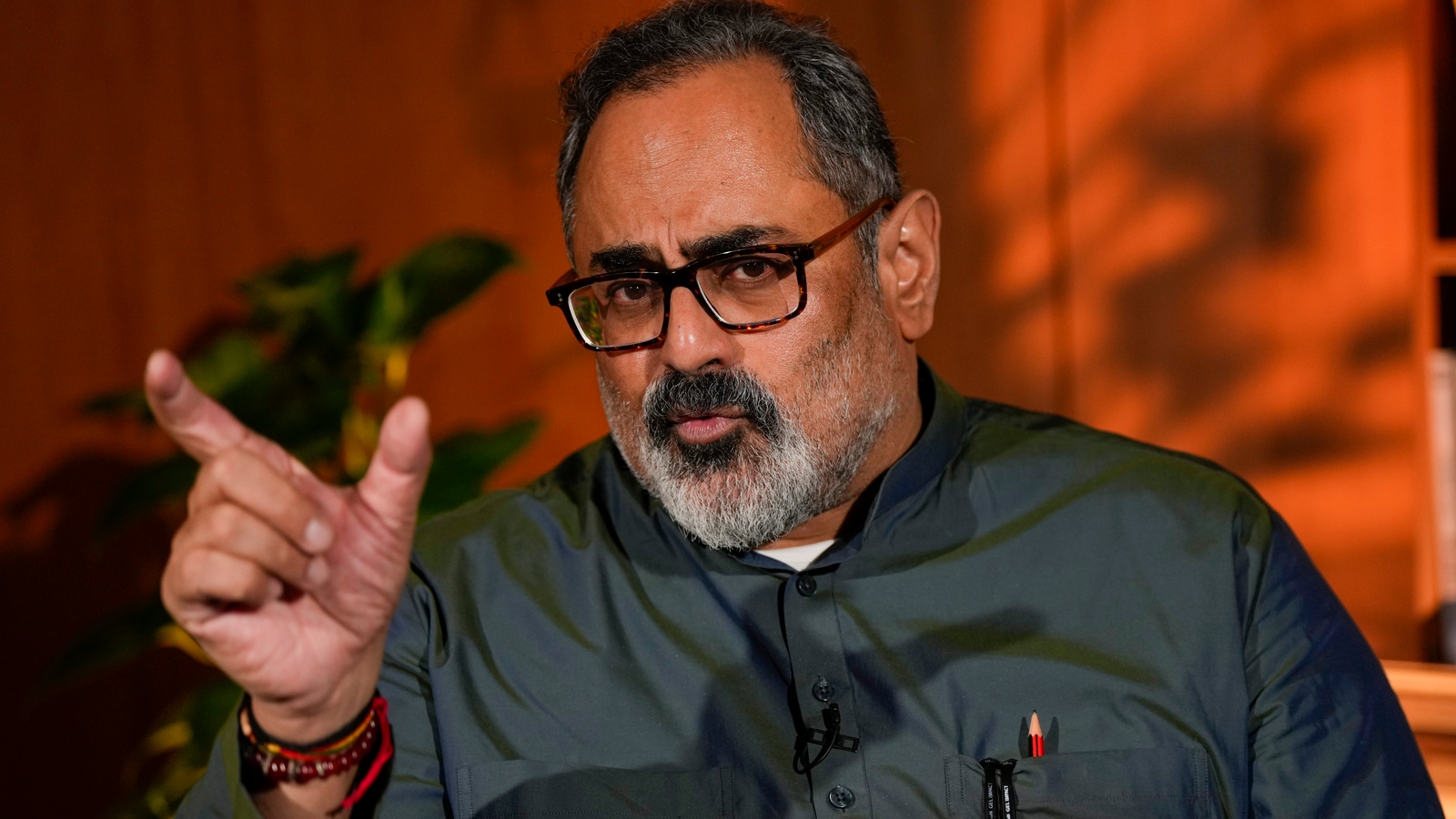
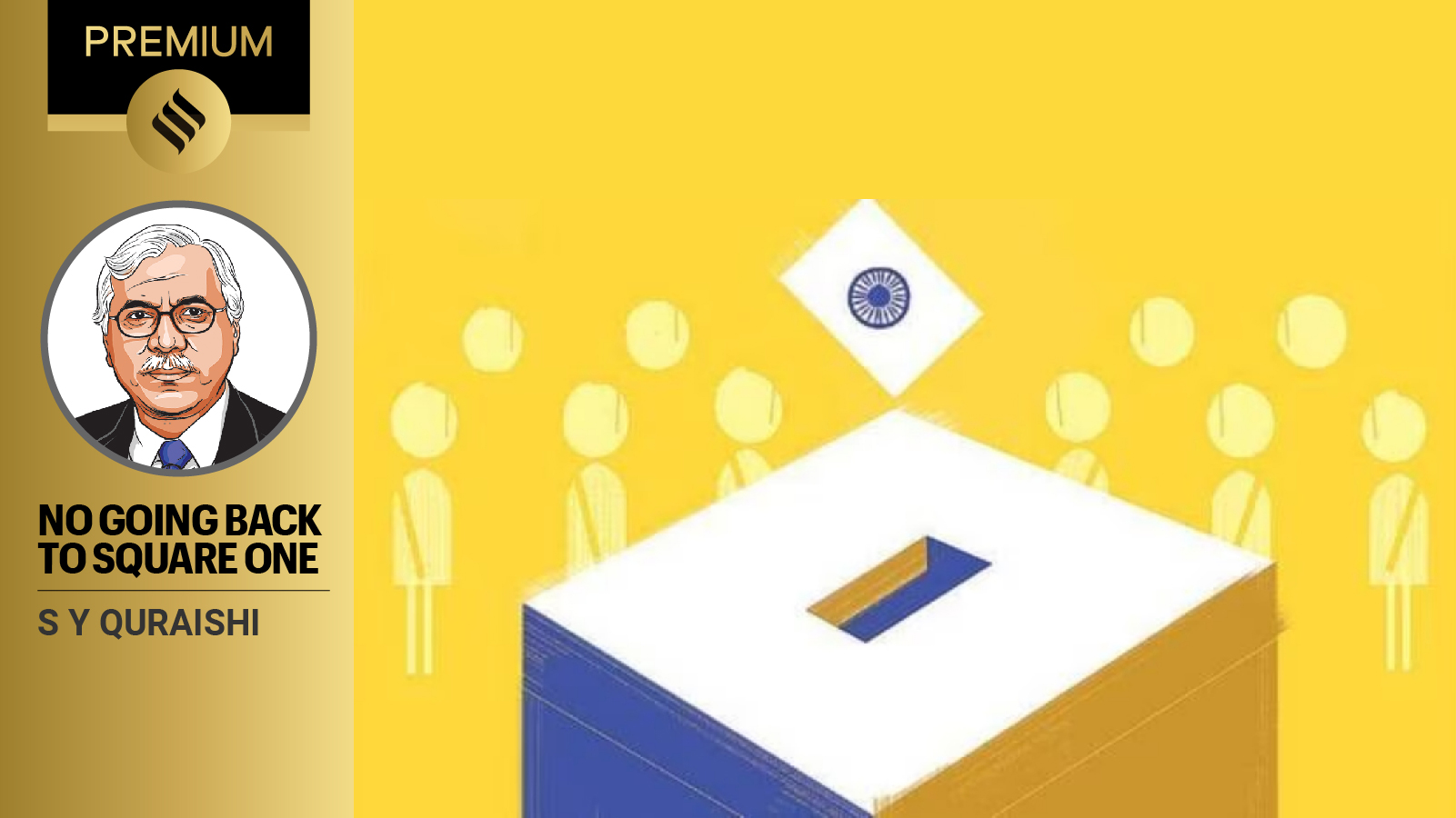


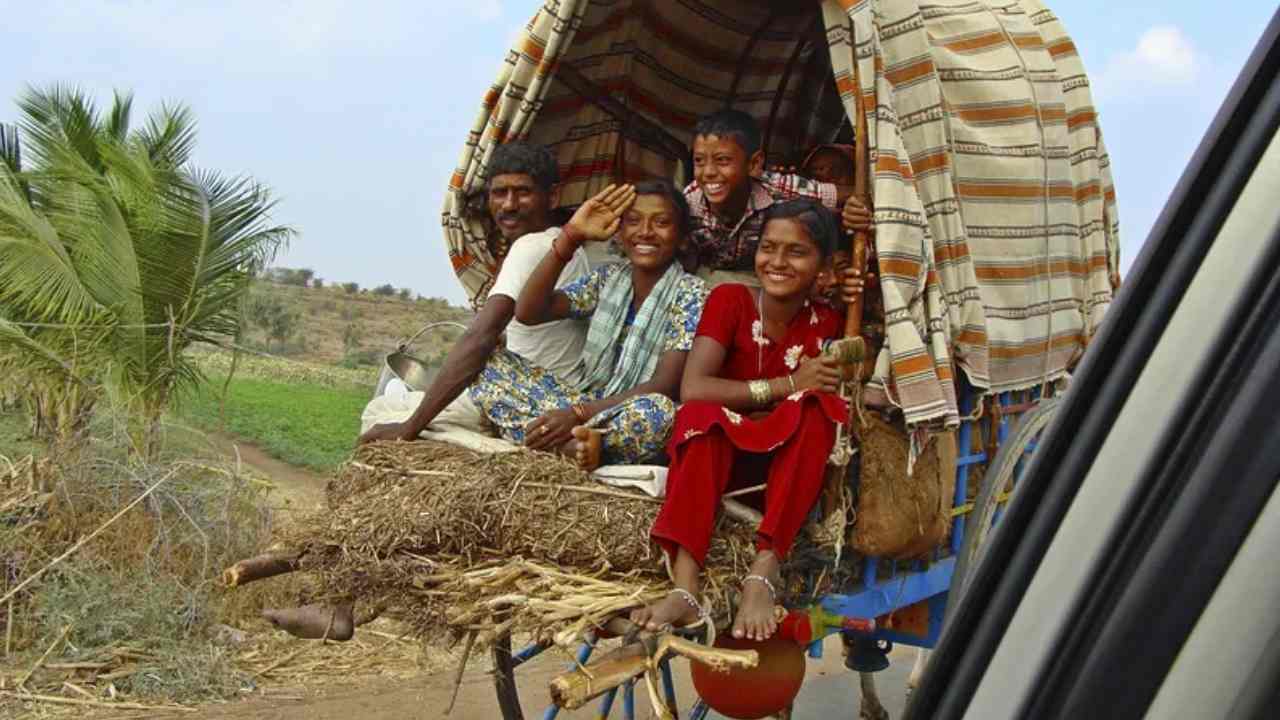
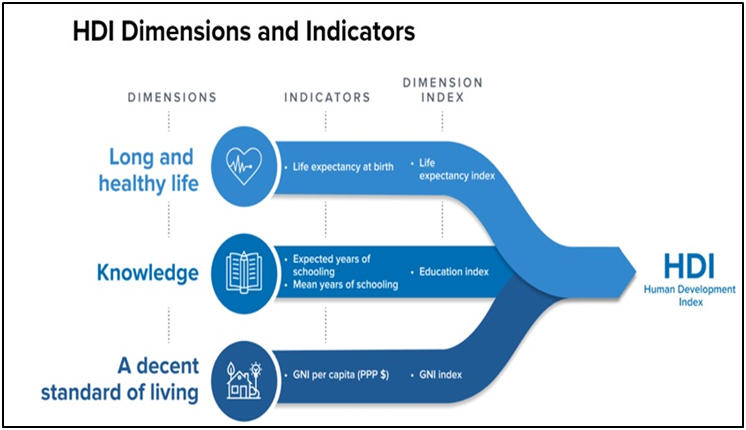
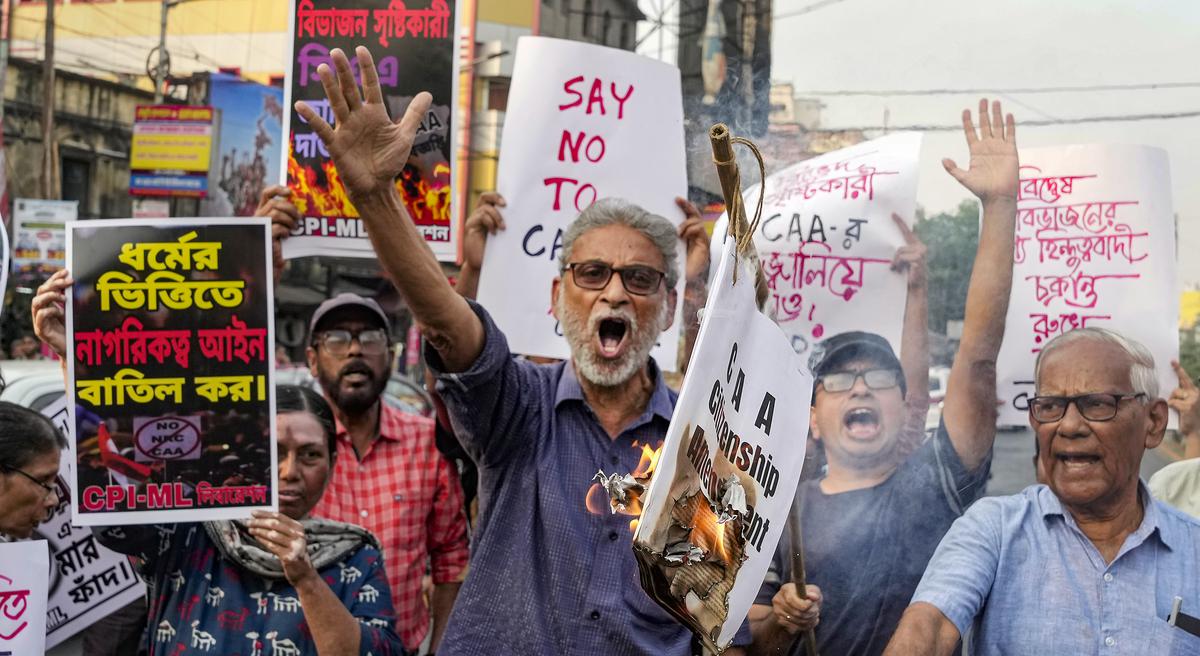


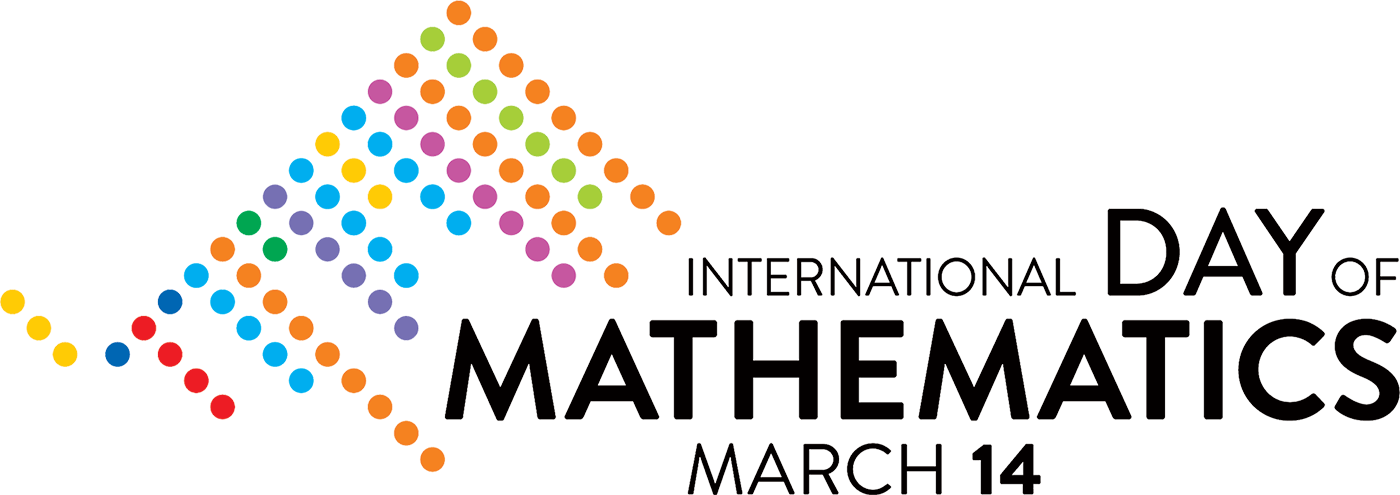

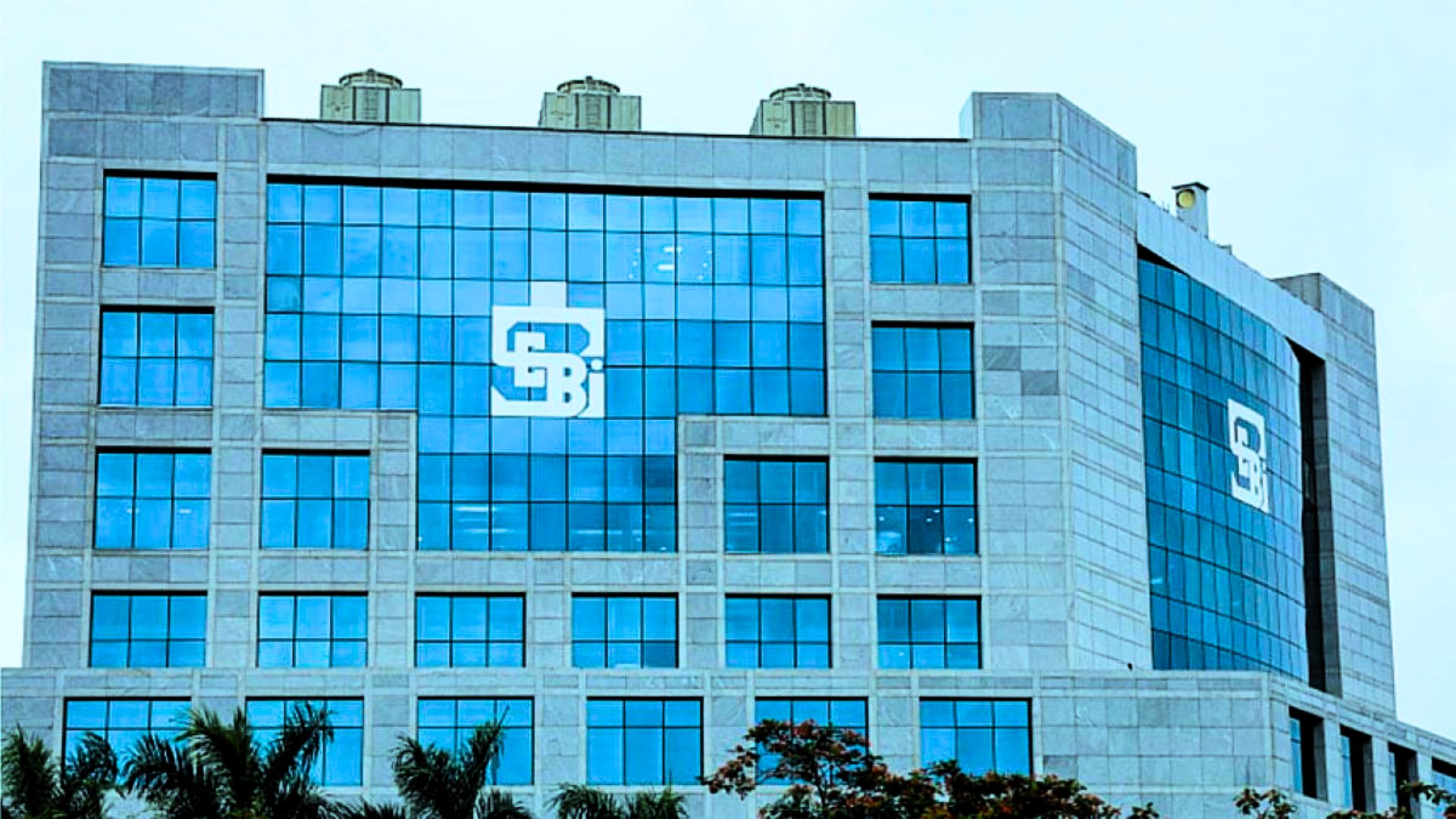


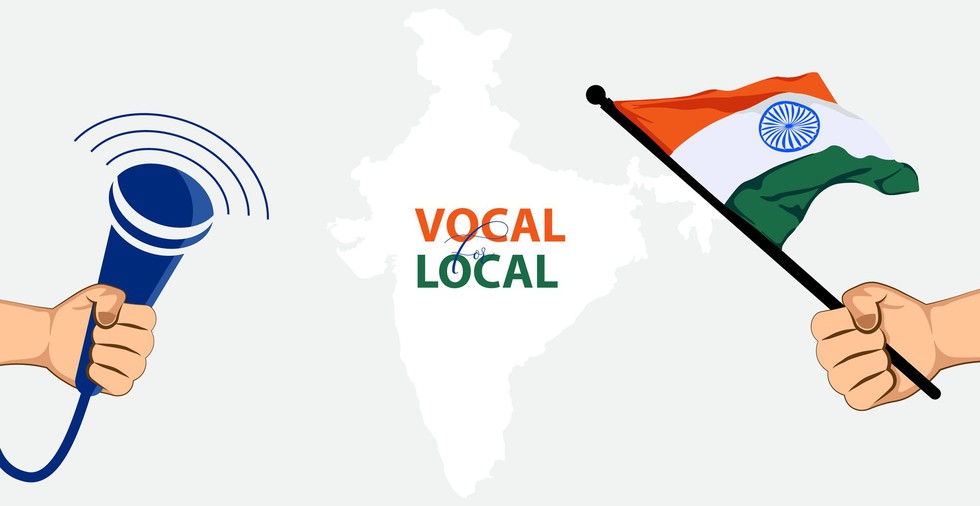



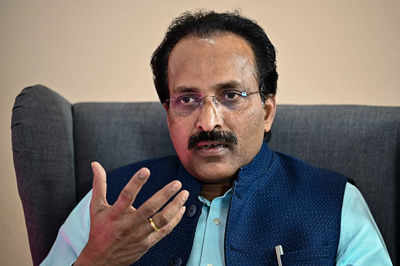

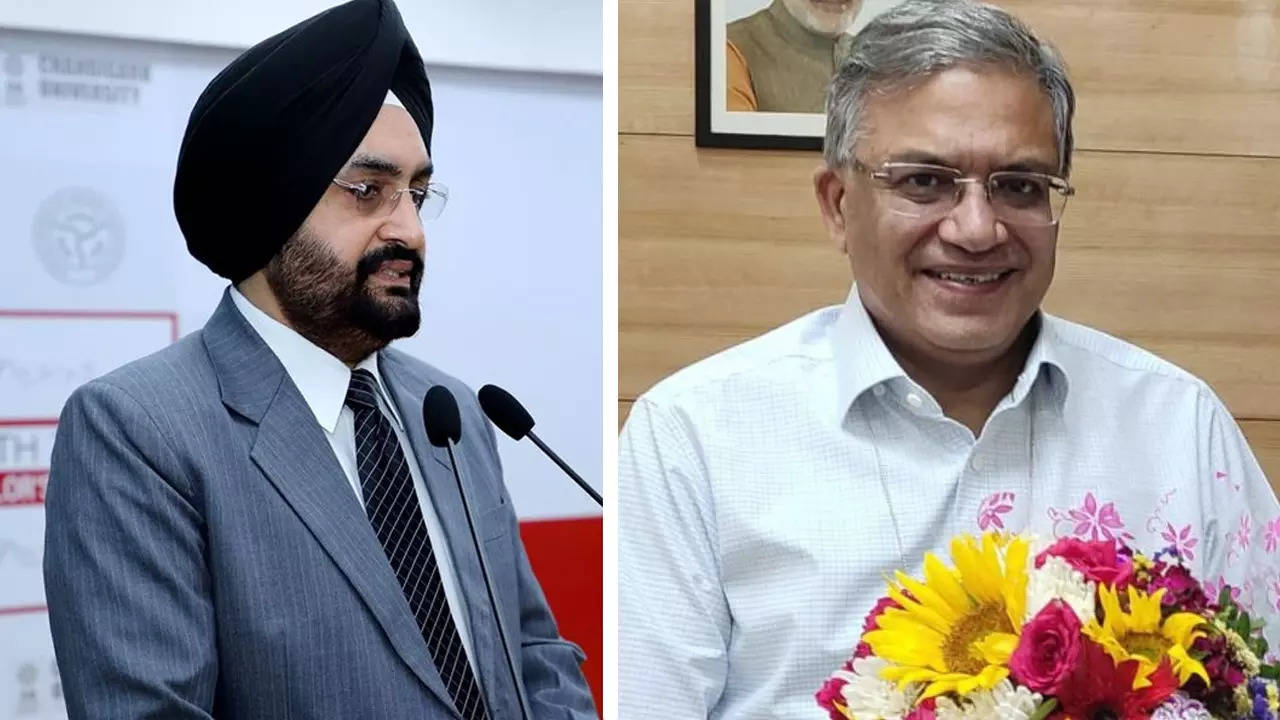


)

